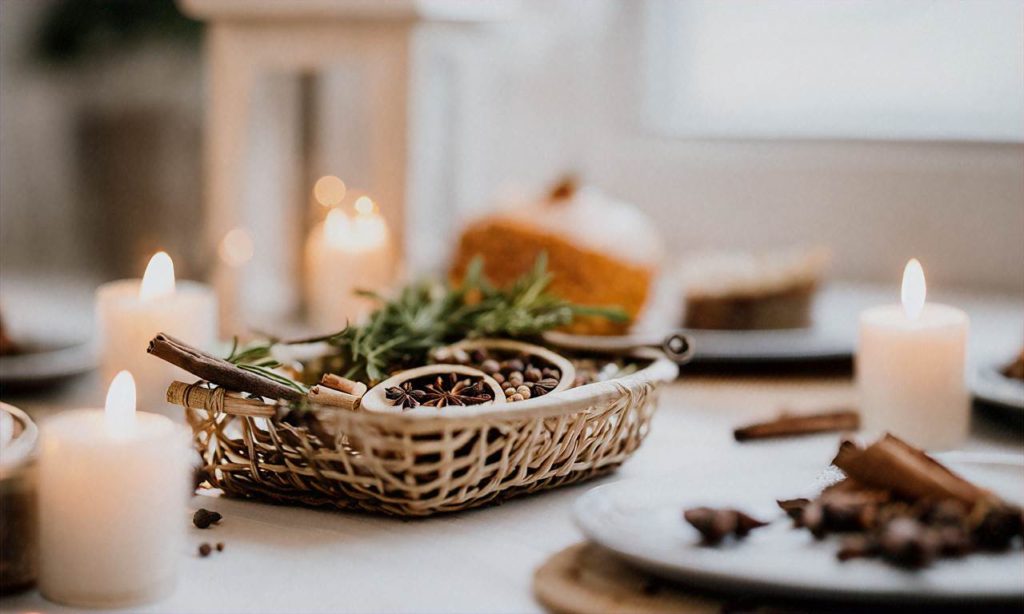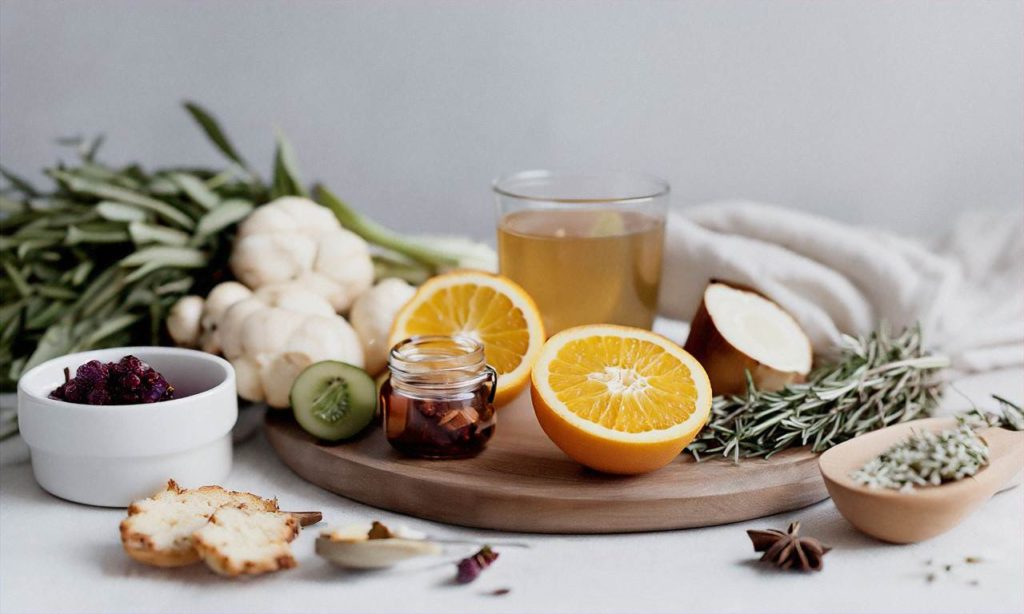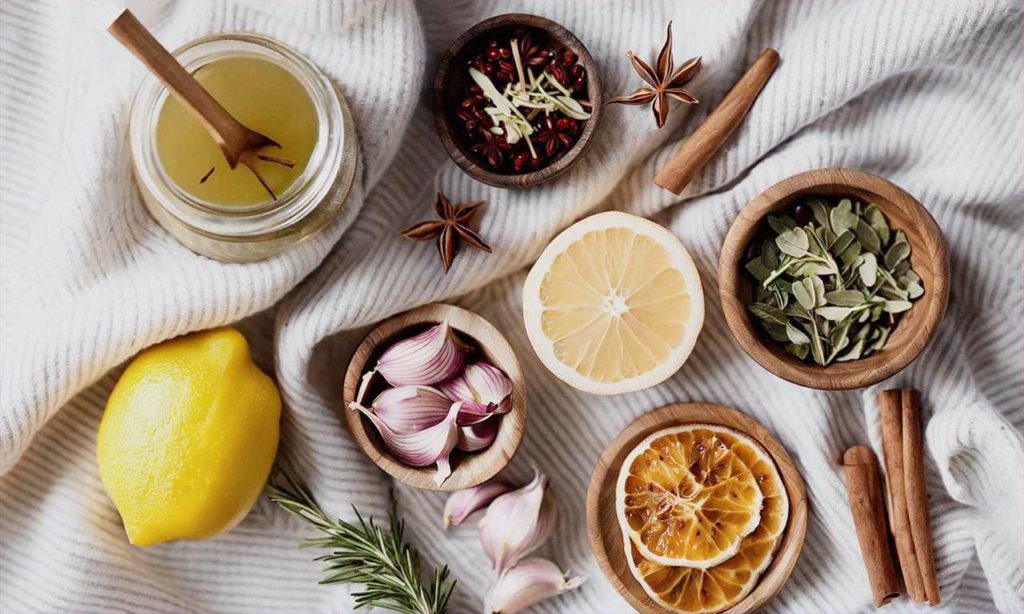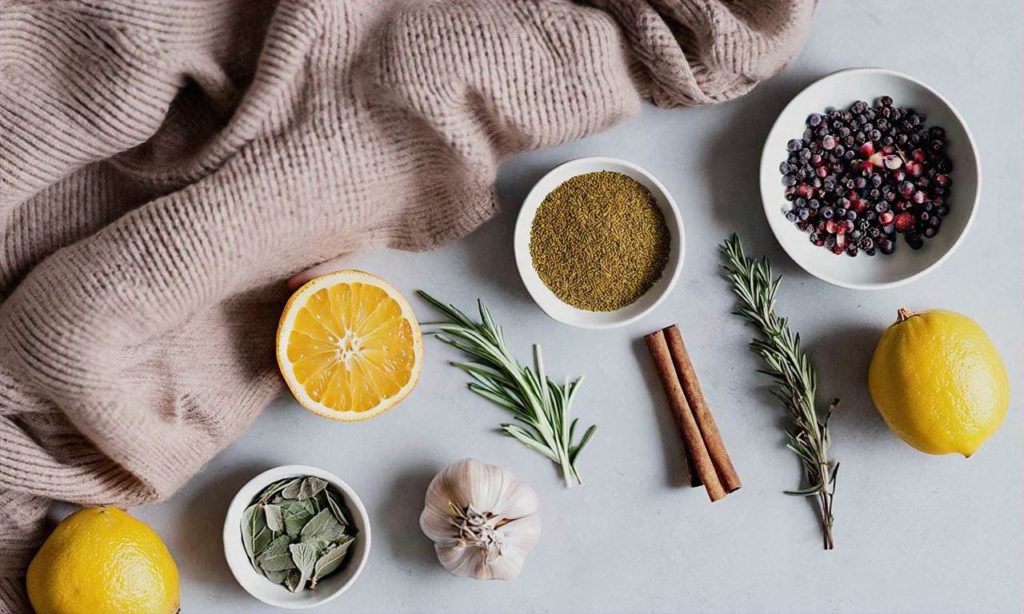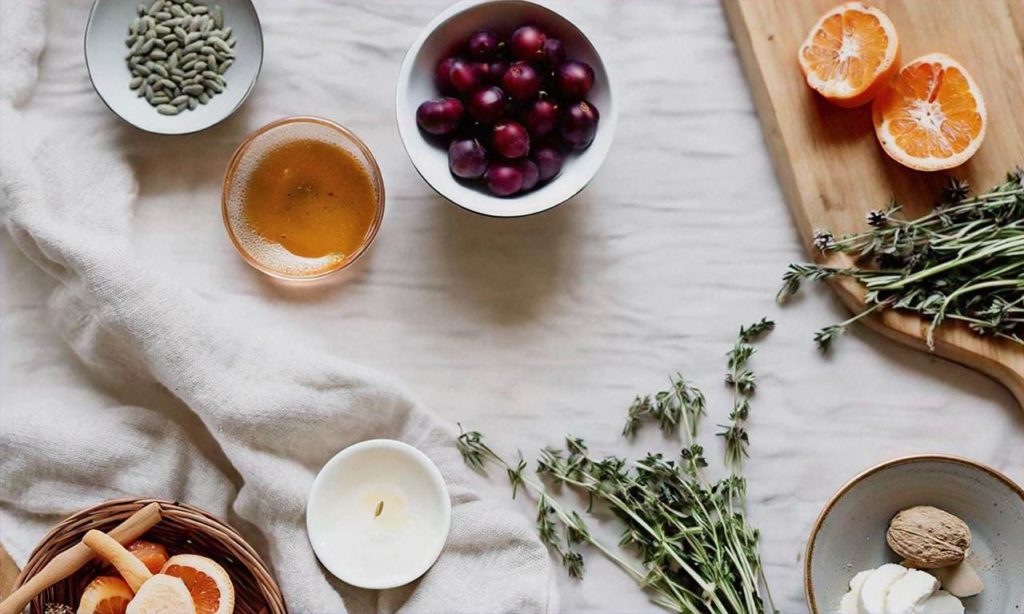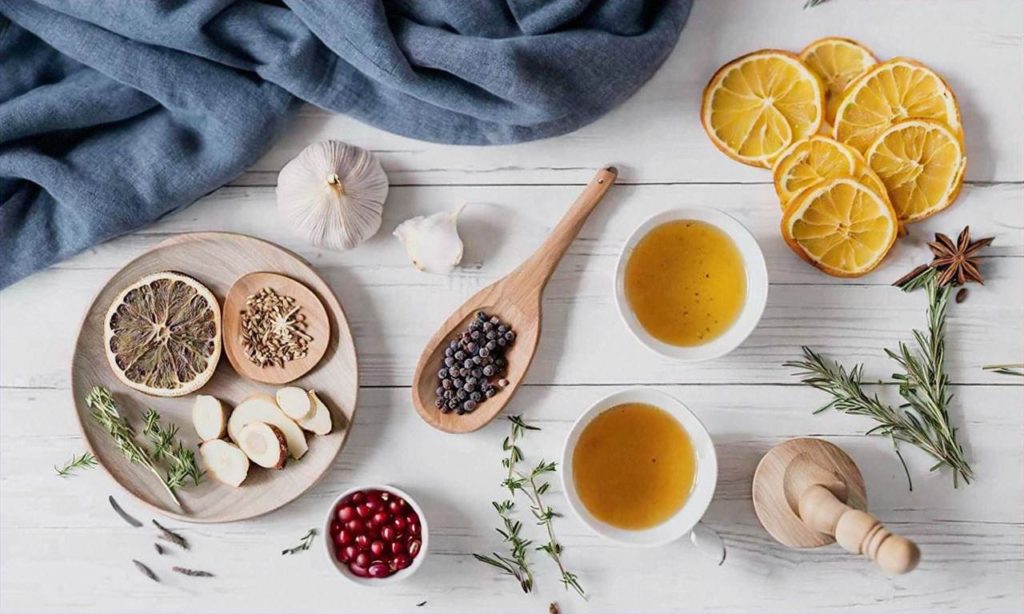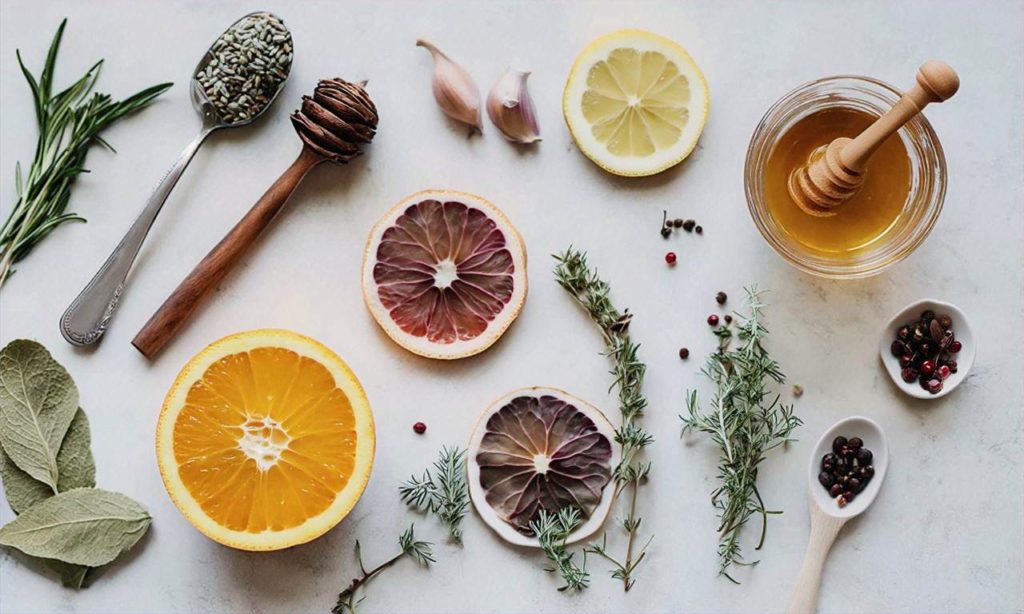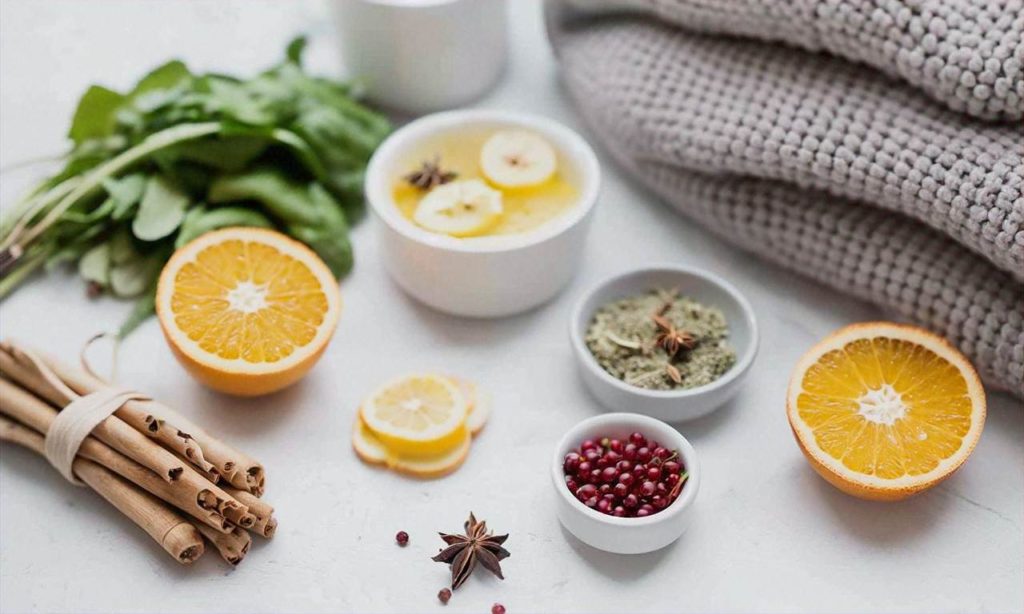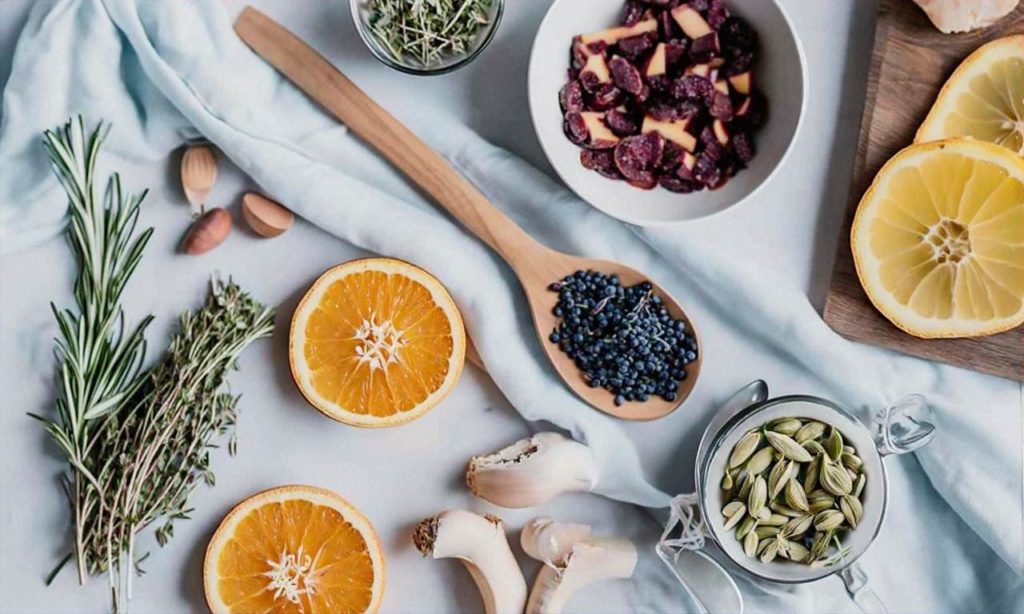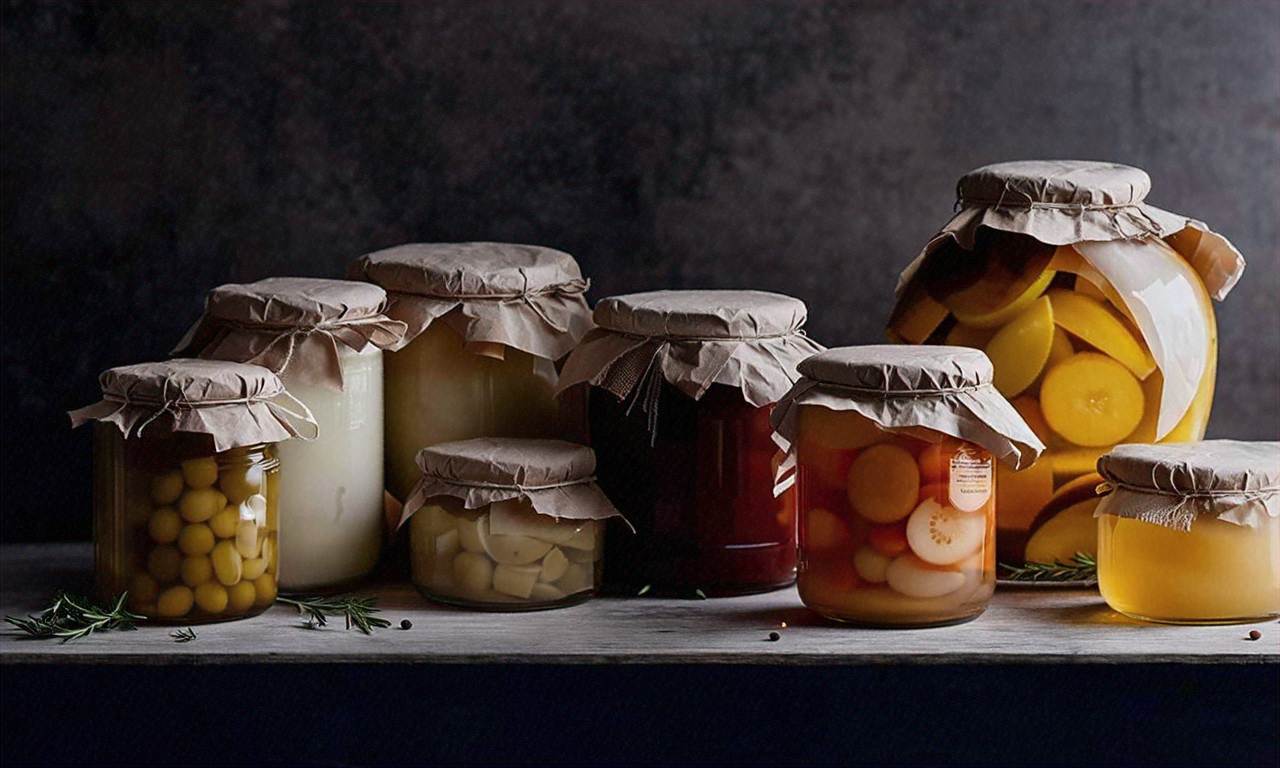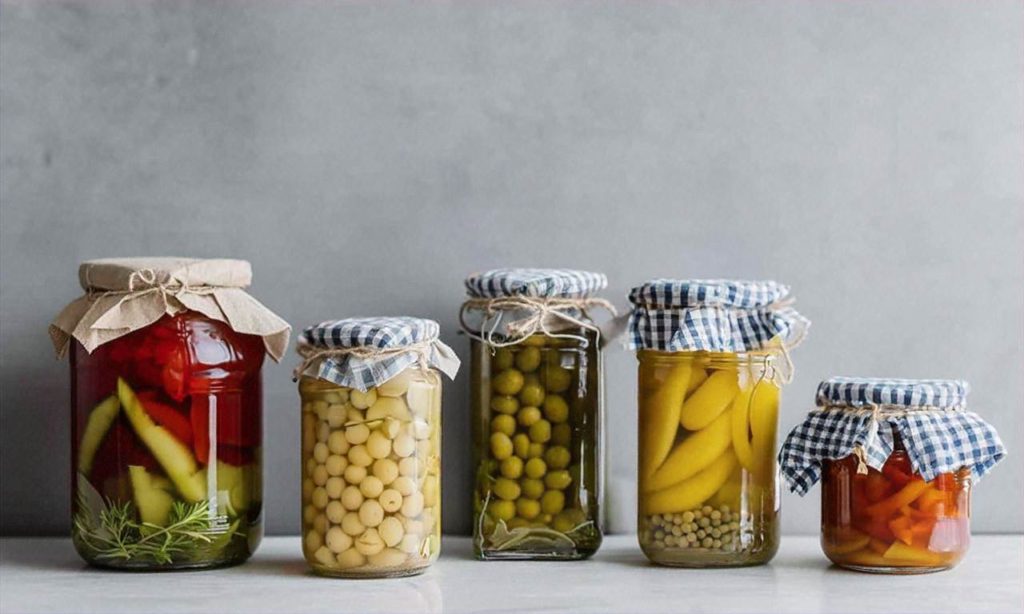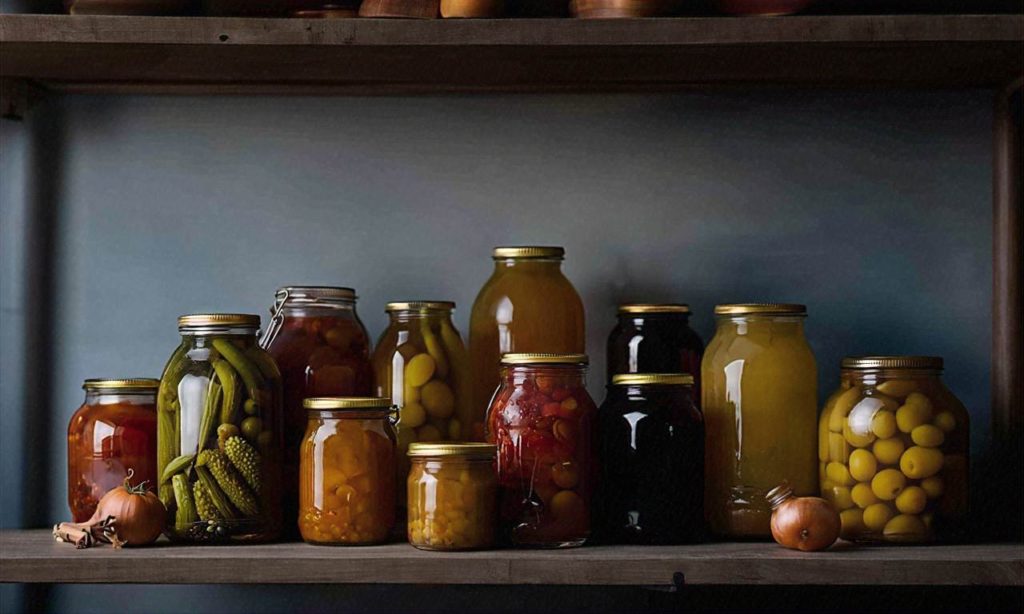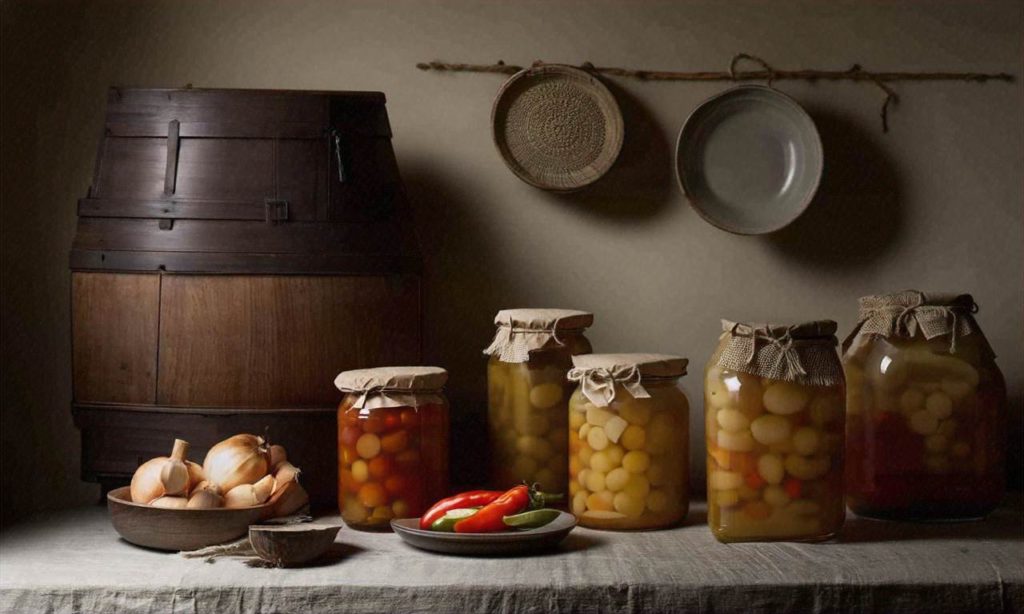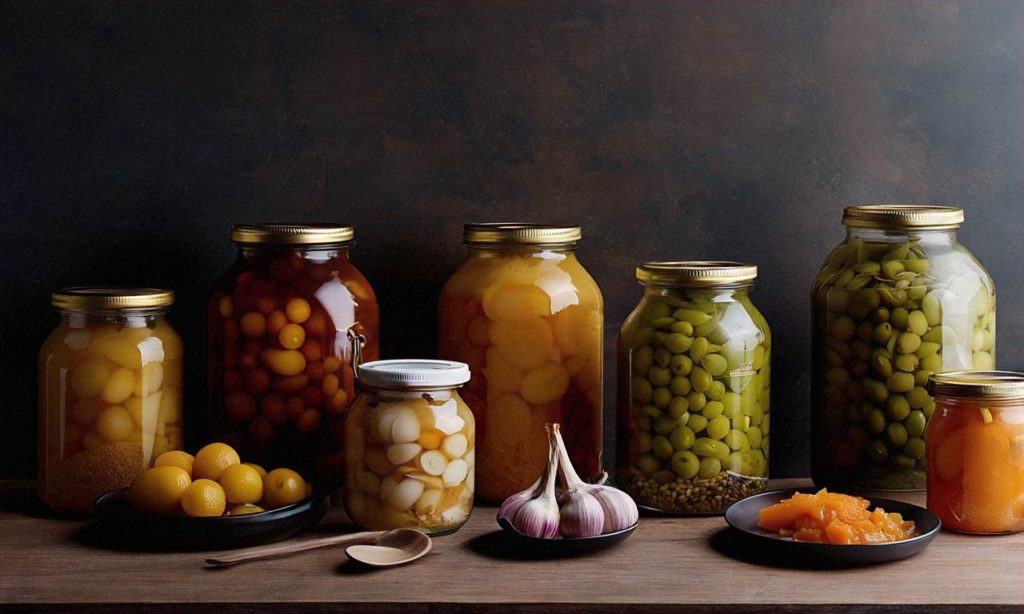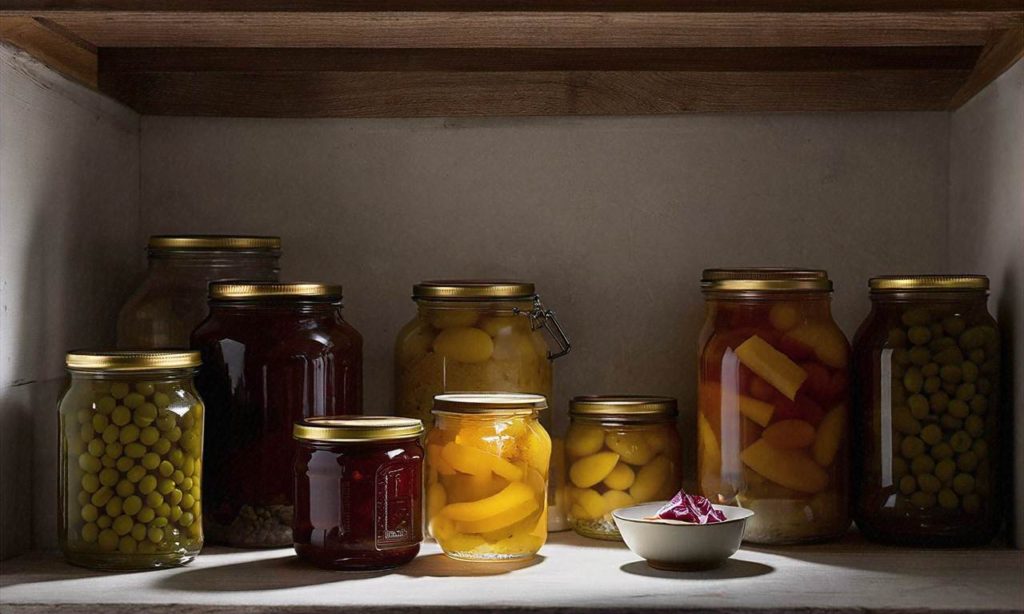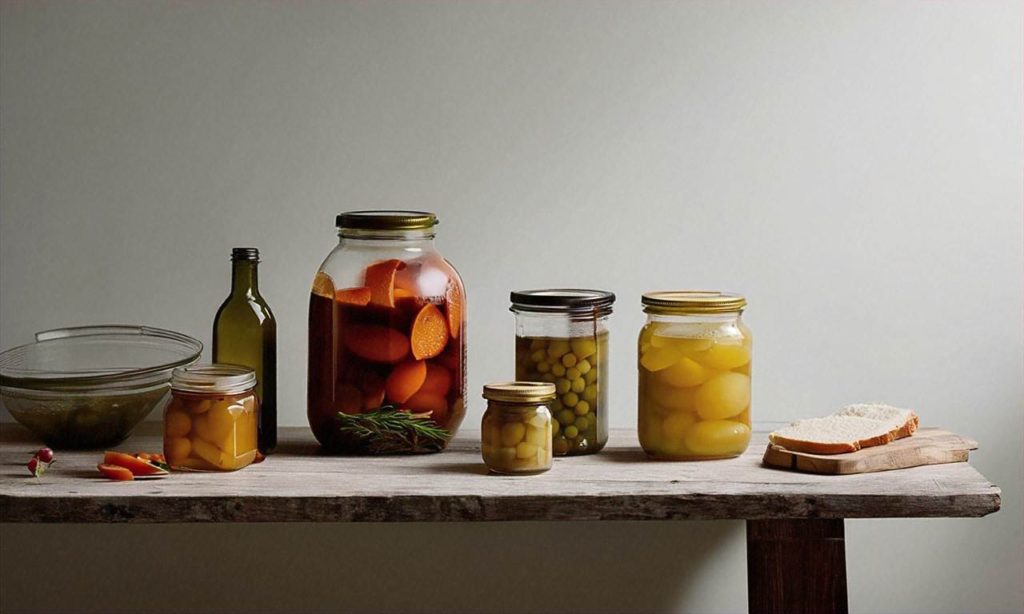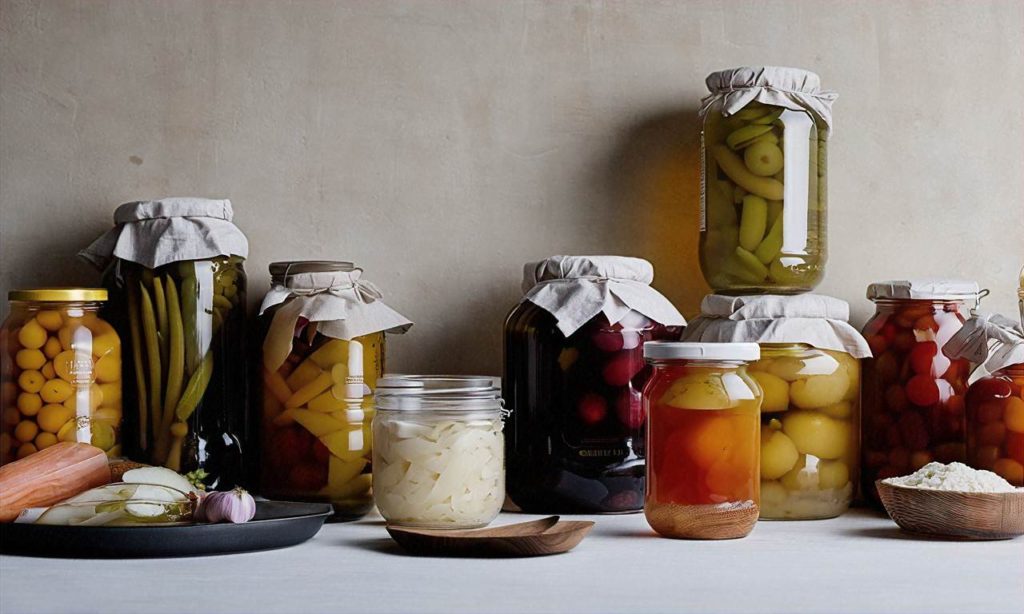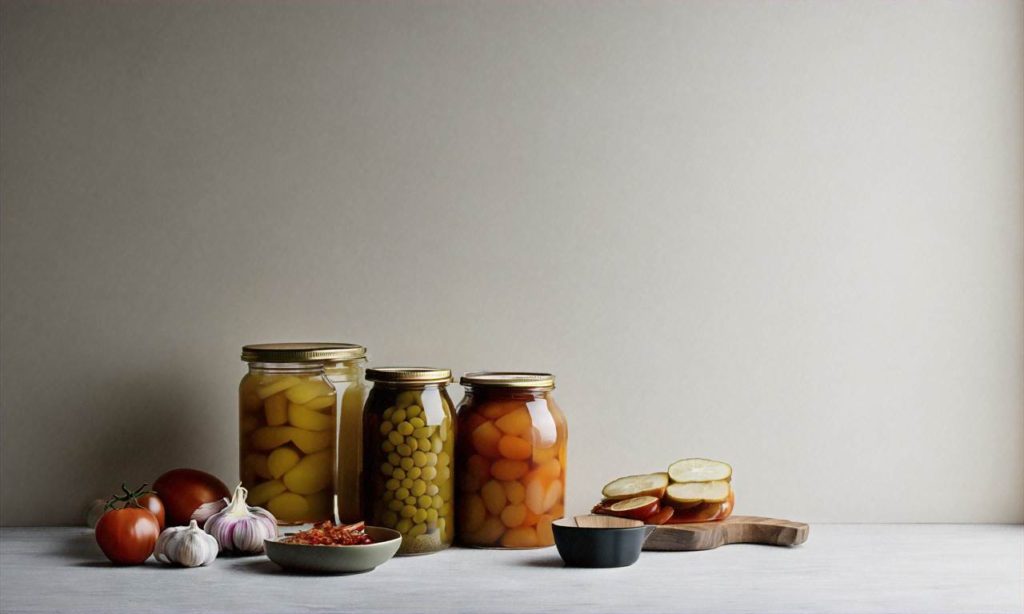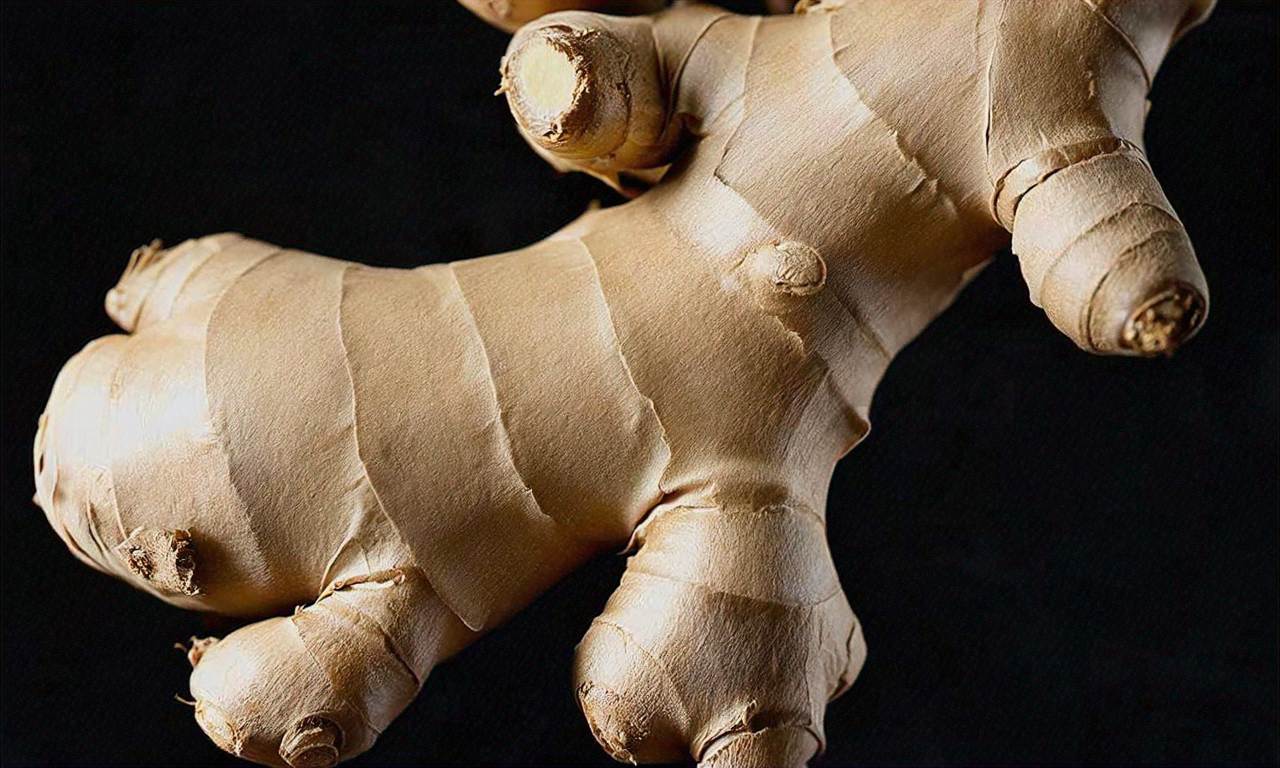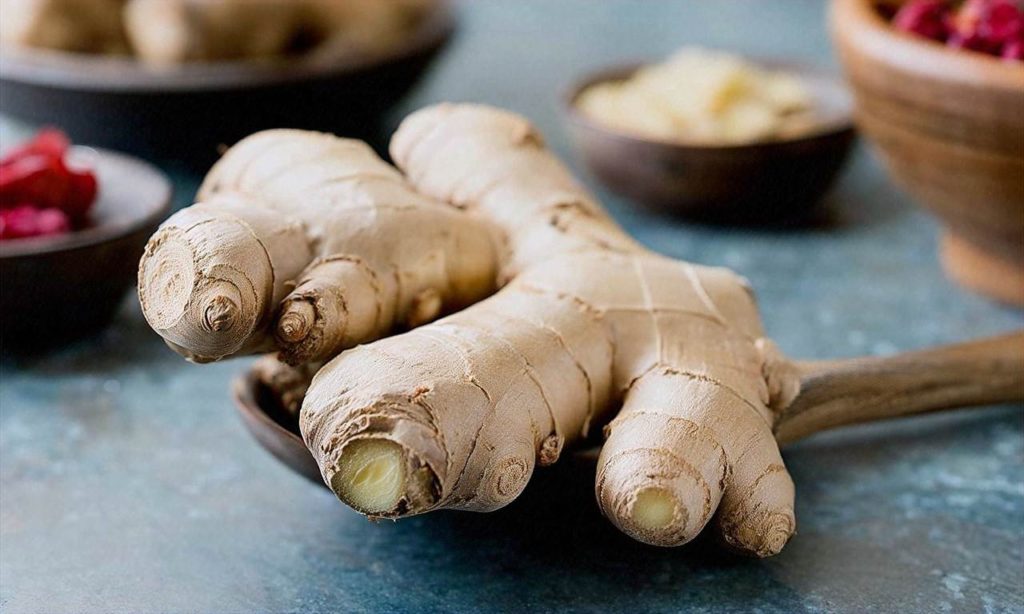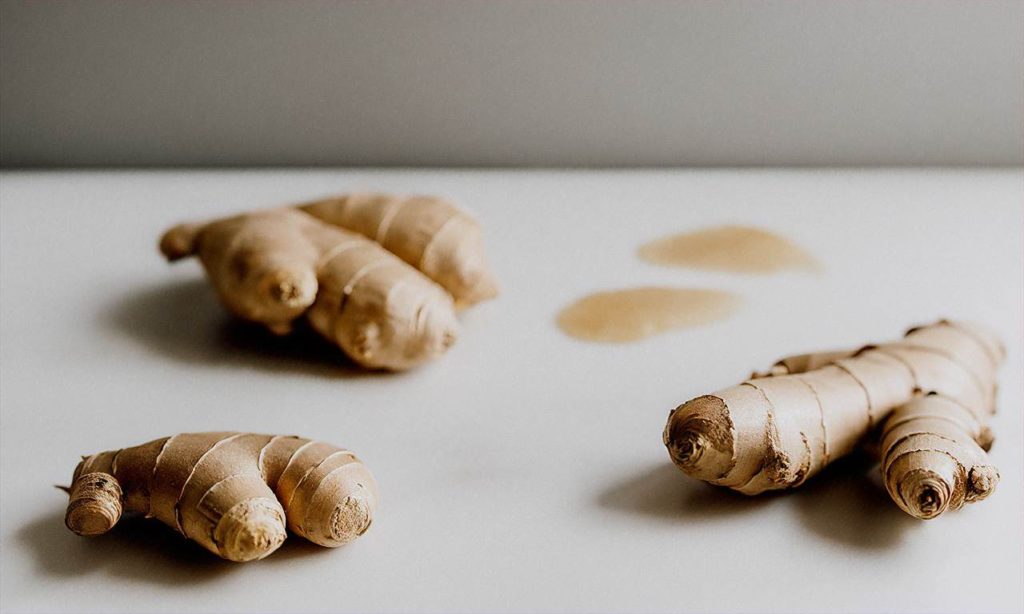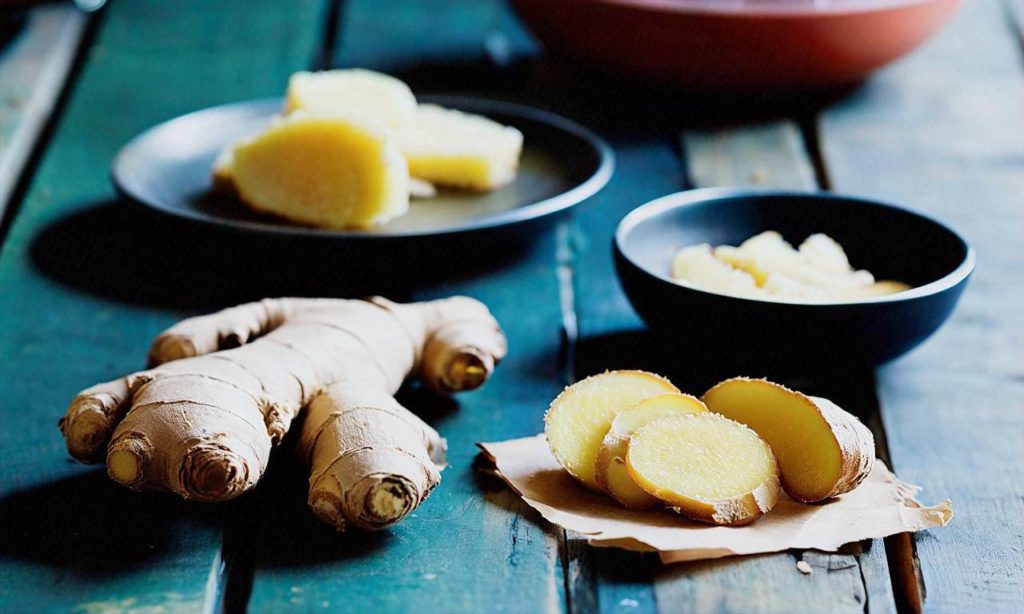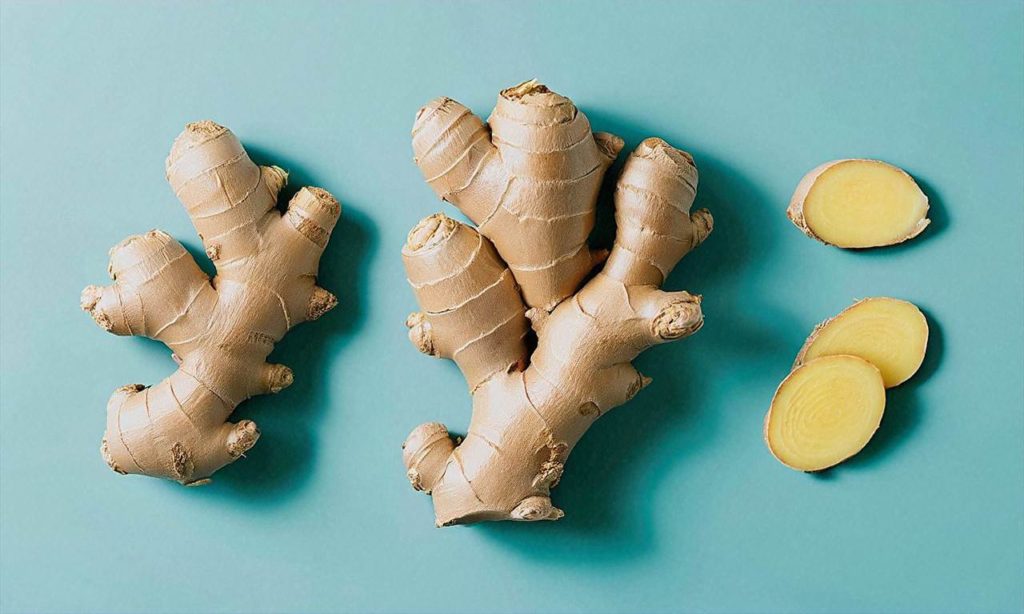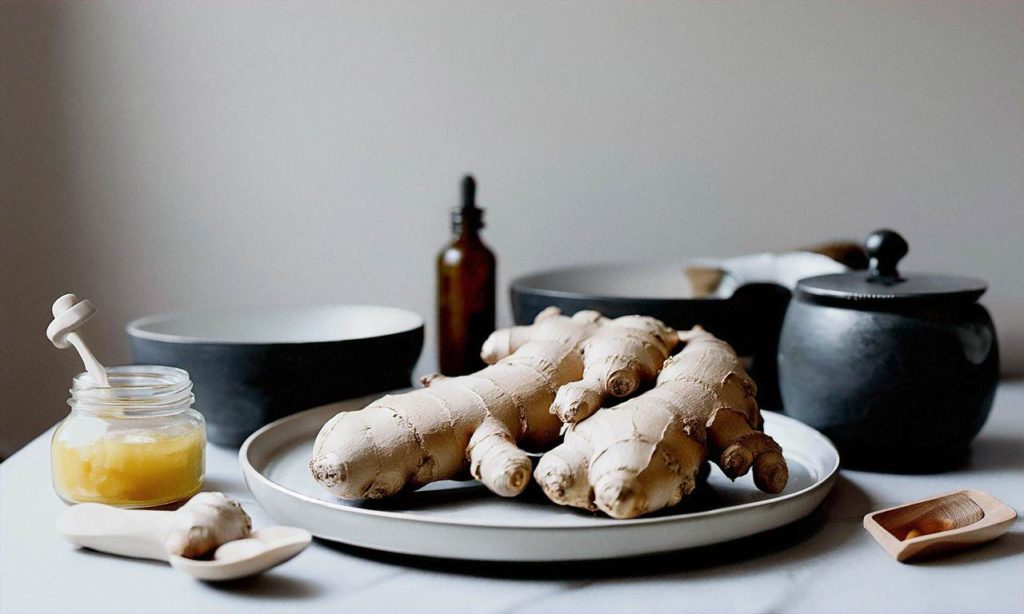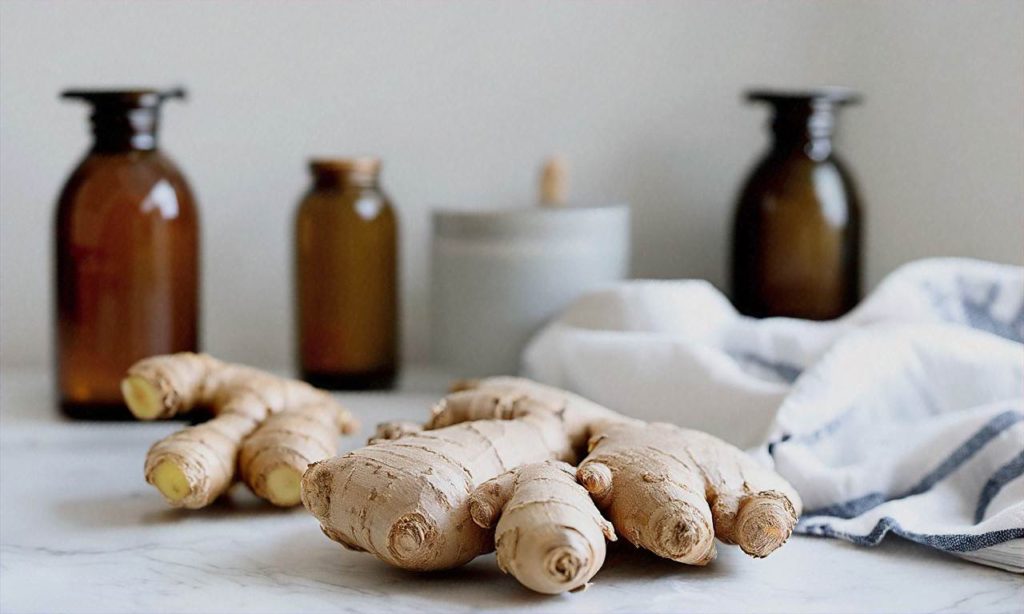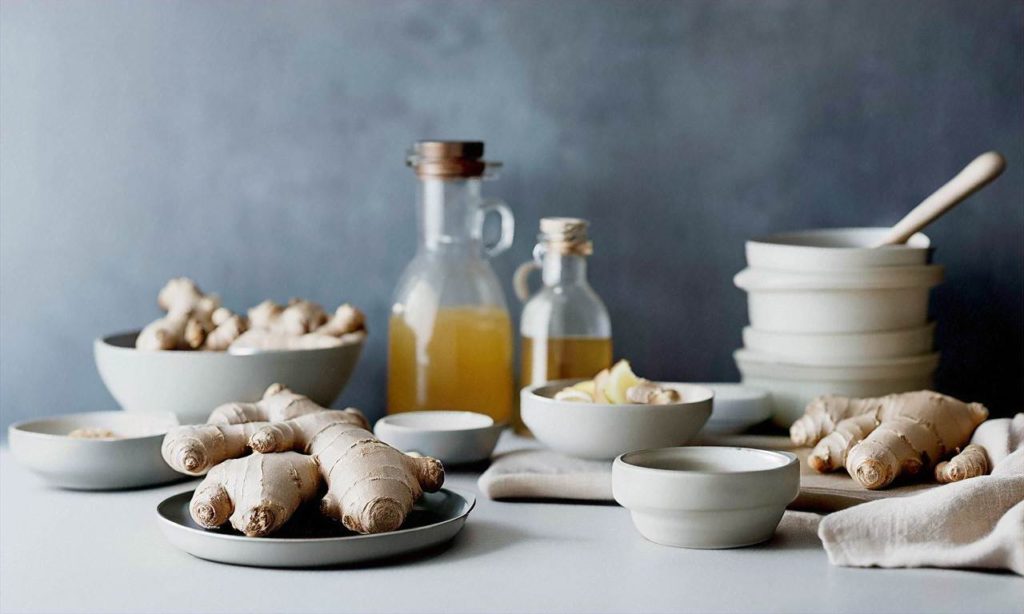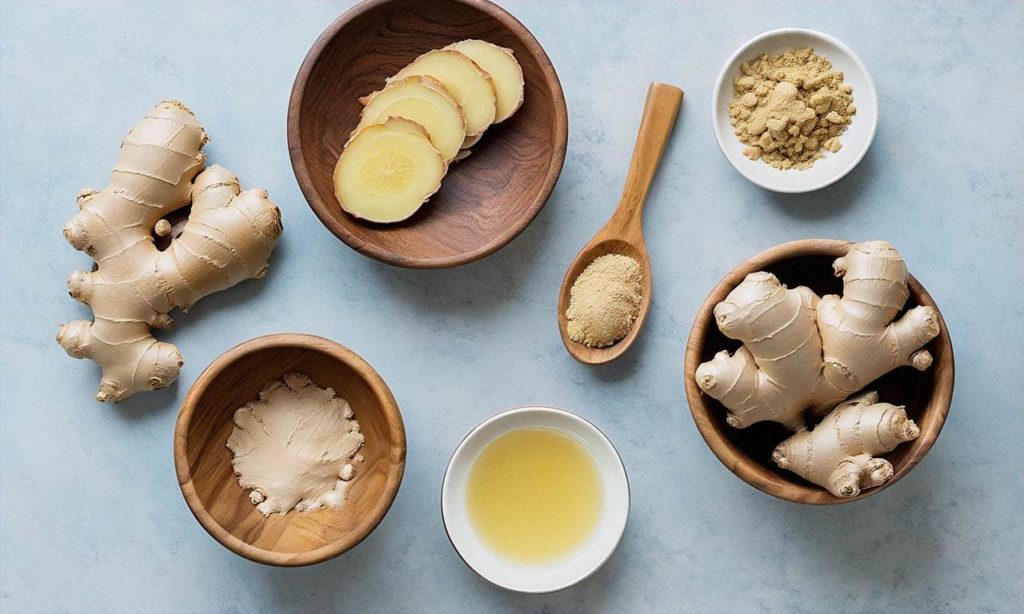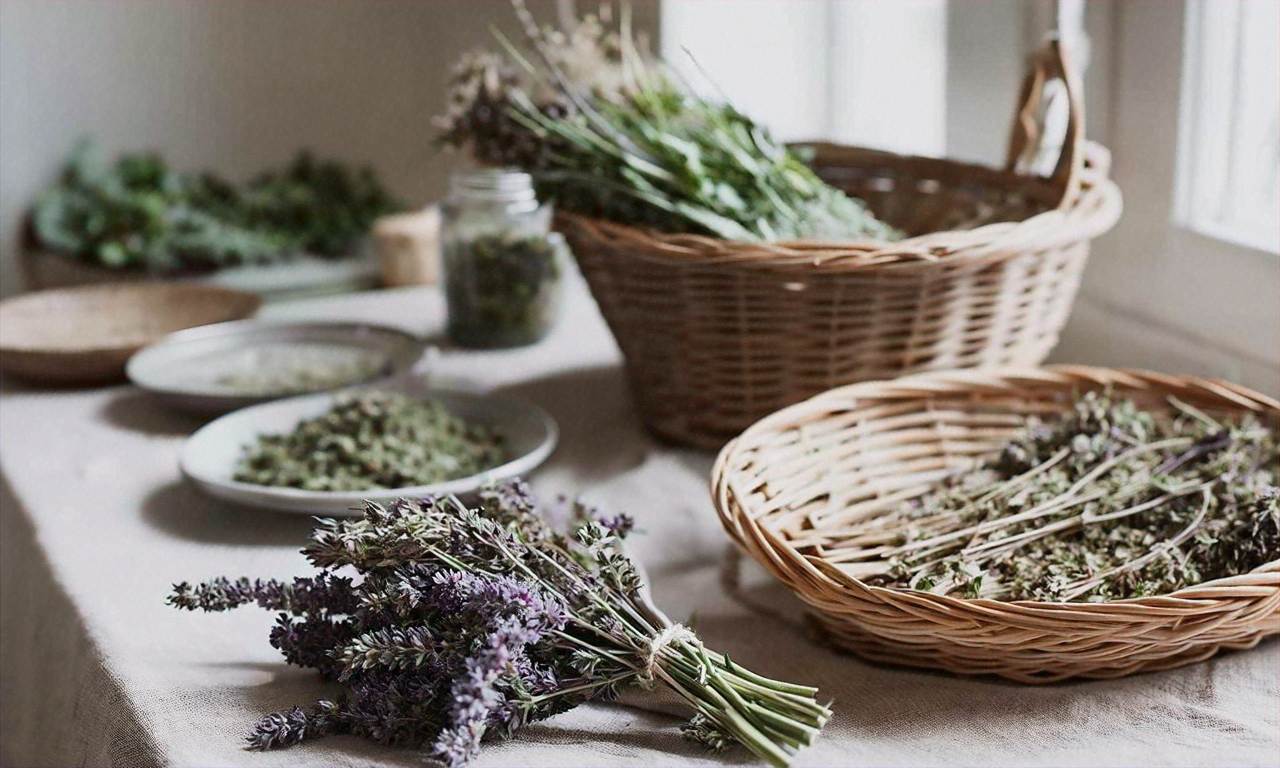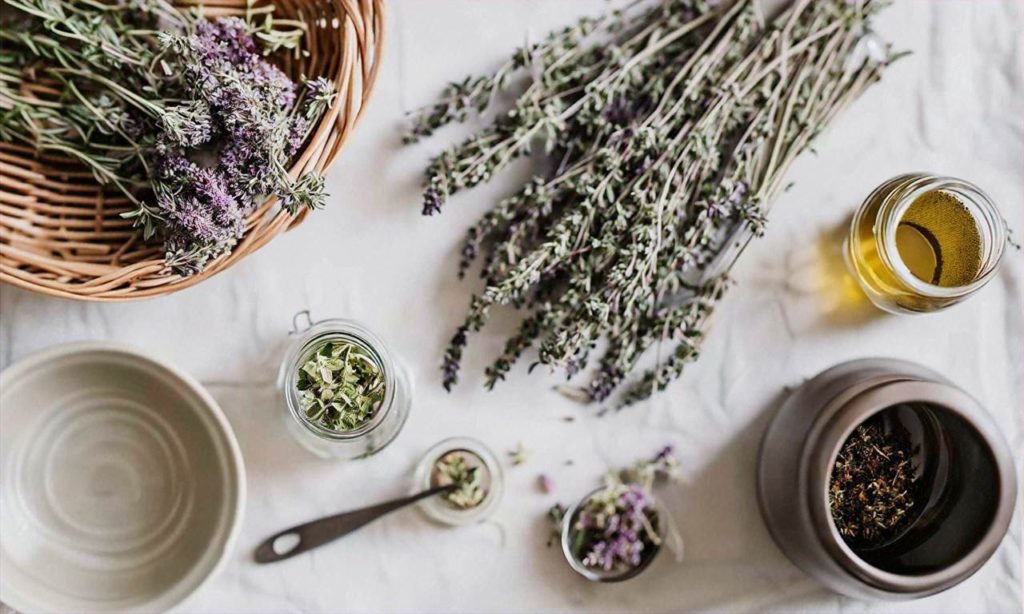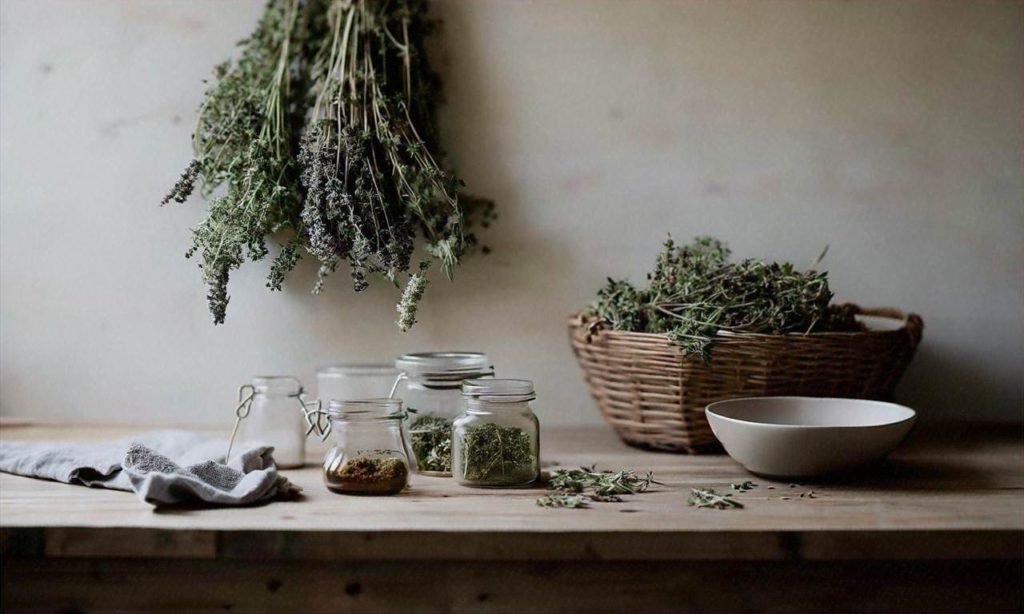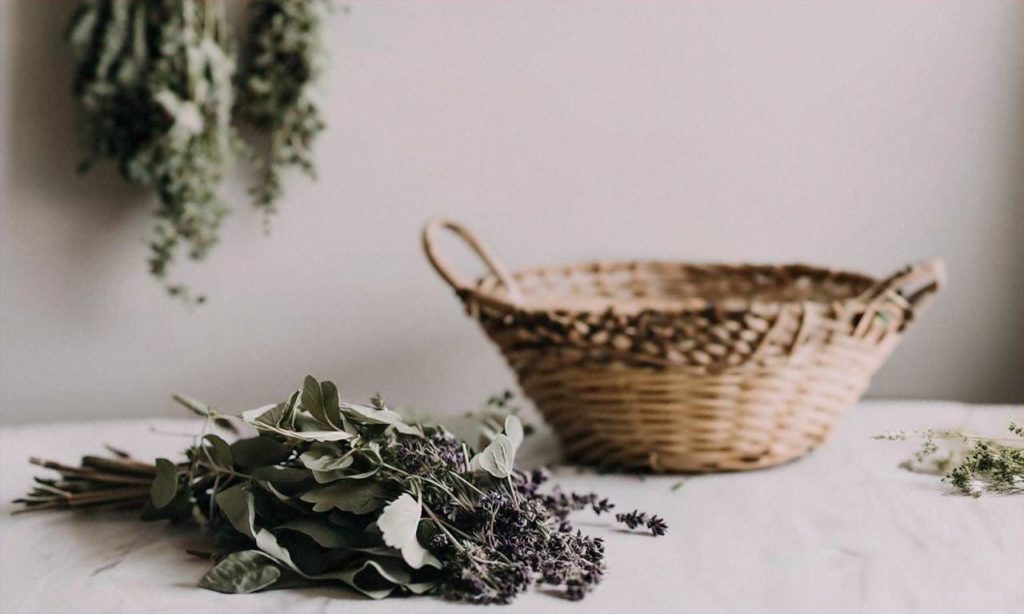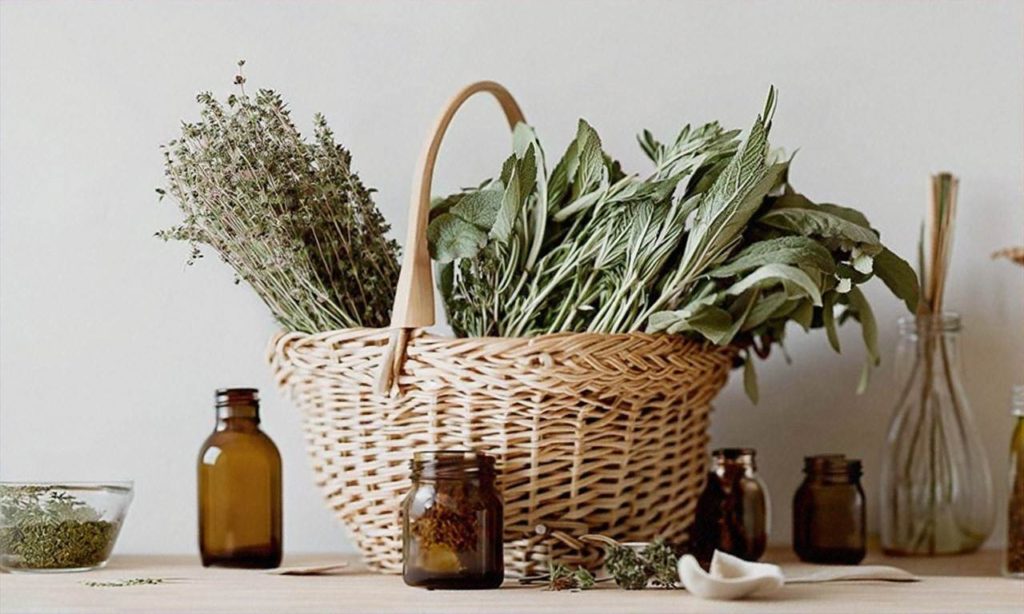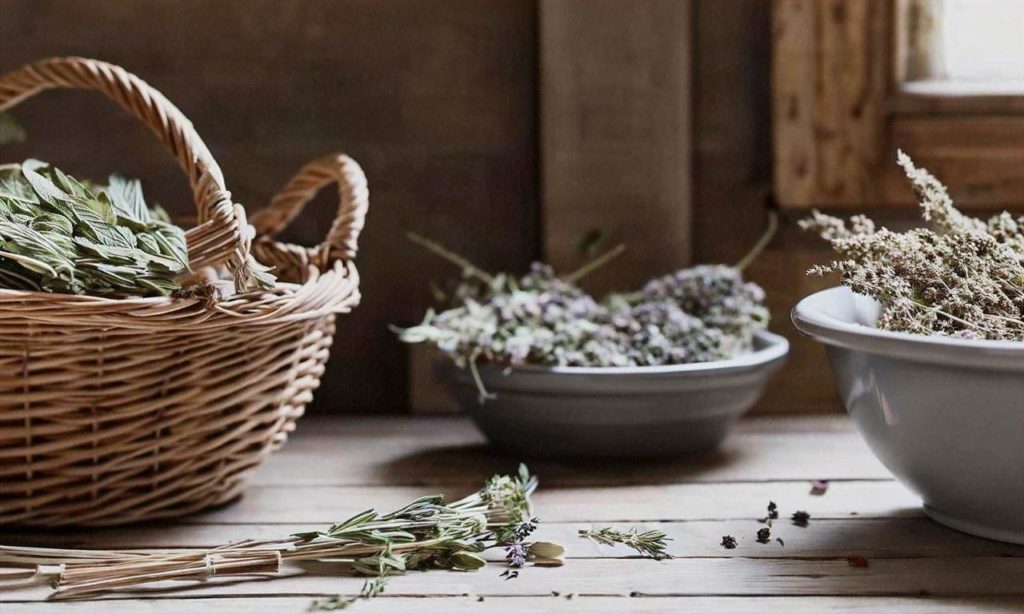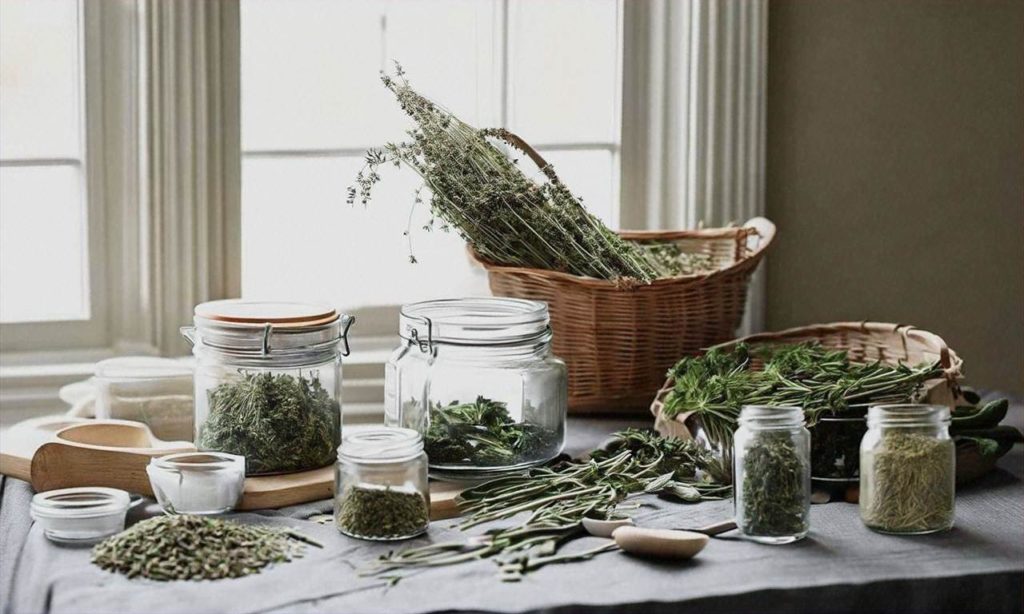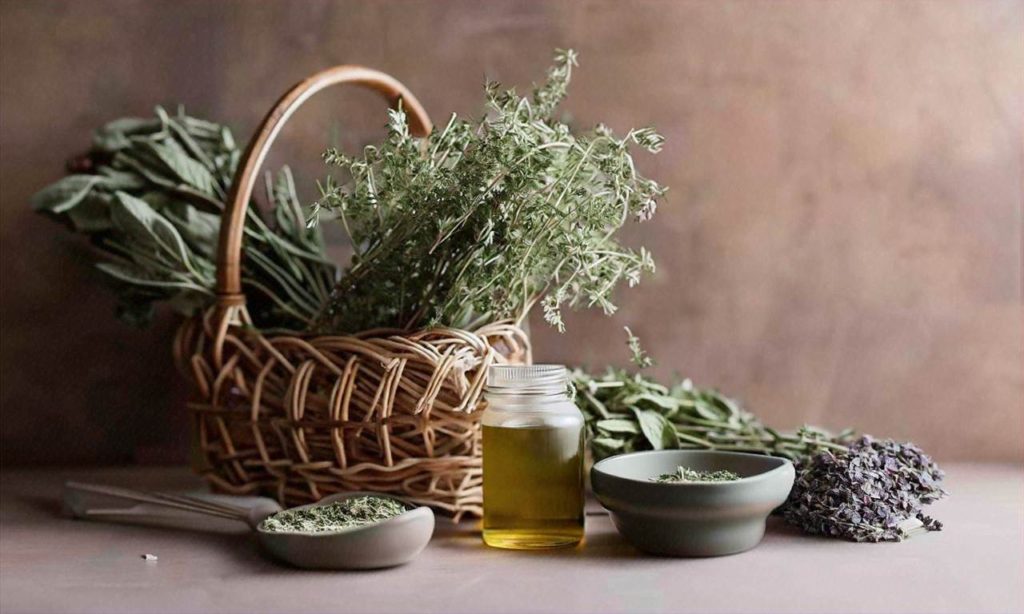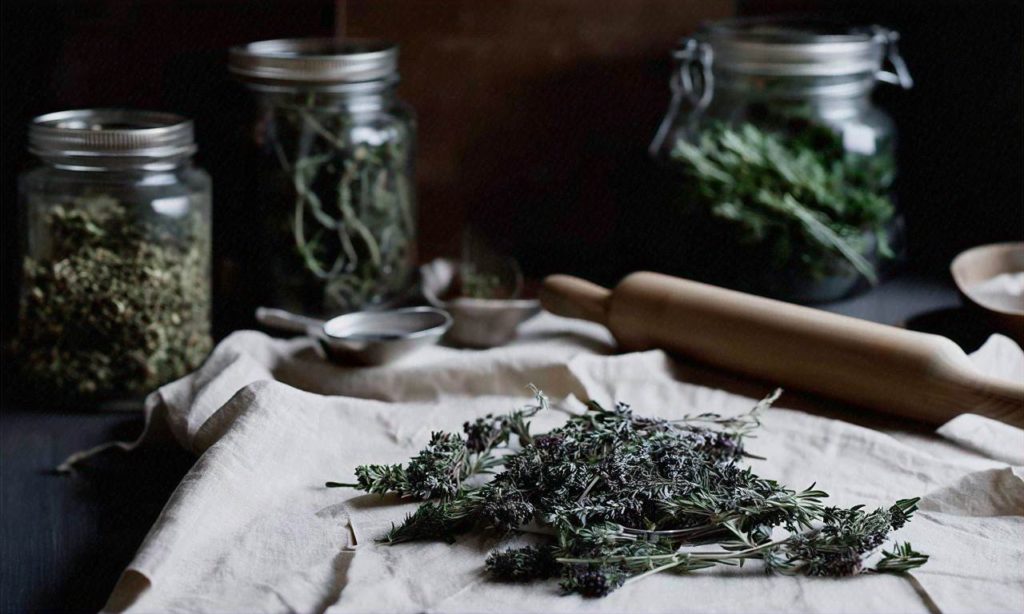Honoring Spring with Herbal Teas and Salad Dressings
As the first blossoms of spring emerge, it’s time to honor the new season with herbs and spices that capture the fresh, vibrant spirit of renewal. One of the best ways to celebrate spring is by infusing light, floral herbal teas that can be enjoyed hot or chilled into thirst-quenching iced tea.
Popular springtime tea herbs like lemon balm, chamomile, and mint are just begging to be plucked from the garden this time of year. Brew up a batch of lemon balm and chamomile tea for a soothing, citrusy blend that says “welcome, spring!”. For a refreshing morning pick-me-up, an invigorating mint tea is just the thing. Experiment with different varieties like peppermint, spearmint, orange mint or pineapple mint. Sweeten gently with a touch of honey or agave nectar to let the delicious mint flavors shine through.
Just as spring teas can be infused with the bright essences of herbs and flowers, so too can salad dressings be livened up after a long winter. Take inspiration from the season by whipping up a lemony sorrel vinaigrette, tangy green goddess dressing made with tender new herbs, or get creative with a floral elderflower dressing. Adding the edible flowers and herbs appearing in the spring garden to dressings is an beautiful way to literally eat the season.
As we honor spring by celebrating seasonal traditions with herbs and spices, don’t forget to think beyond teas and dressings. New spring produce like tender baby greens, asparagus, peas and fava beans also pair deliciously with herbal and floral accents. So while you sip a soothing chamomile tea on the patio, dream up some recipes to try later on when foraging the spring farmers market. With so many ways to celebrate spring with herbs and spices, this new season looks more delicious than ever.
Summer Grilling with Fresh Herbs and Spicy Rubs
As the weather warms up and daylight hours extend, grilling season begins. Celebrating seasonal traditions with herbs and spices is made easy with summer’s bounty of produce and the nostalgia of cooking outdoors. Grilled meats, vegetables, and even fruits take on delicious new dimensions when enhanced by fresh herbs and spicy rubs.
One of the most classic pairings for grilling is fresh rosemary and garlic with steak or lamb. The woodsy, pine-like flavor of rosemary beautifully complements the rich taste of red meats. Simply mince several cloves of garlic and the leaves from a few sprigs of rosemary, then gently pat the mixture onto steaks or lamb chops before grilling. As the meat cooks, the heat releases the full aroma of the garlic and rosemary for a mouthwatering infusion of flavors. Thyme, oregano, and marjoram also pair well with meats for the grill. Their earthy, lightly bitter notes help balance the fattiness of higher cuts of meat. For a spicy kick, season meats with a dry rub containing cayenne, paprika, cumin, and other warming spices before putting them on the grill.
In addition to meats, grilling is a great way to coax out the natural sweetness of summer vegetables and fruits while giving them a flavor boost with fresh herbs. Try brushing corn on the cob, zucchini slices, eggplant, and bell peppers with a mixture of olive oil, lemon juice, and chopped basil before cooking. The bright, peppery taste of basil complements the natural sugars and flavors already present in the produce. For another take on grilled veggies, toss potatoes, carrots, onions, mushrooms, and other hardy produce in a bowl with olive oil, salt, pepper, and rosemary leaves. The rosemary adds a hint of pine flavor and aroma to the vegetables.
To make dessert on the grill, brush wedges of stone fruits like peaches, plums, nectarines and apricots with a honey glaze spiked with a little crushed red pepper and fresh mint. The sweet and spicy combo brings out the ripe fruit flavors, while the mint adds a burst of freshness. For the ultimate in seasonal celebration grilling, nothing beats juicy watermelon slices kissed by the grill’s heat and topped with a sprinkle of lime zest and coarse black pepper. The citrusy lime highlights the melon’s sugars while the pepper’s gentle bite cuts through the fruit’s lushness.
Incorporating fresh herbs, zesty citrus, and spicy rubs truly allows for celebrating seasonal traditions through summer grilling. The variety of produce abundance available combines with nostalgic outdoor cooking for meals infused with the essence of the warmer months. Friends and family will gather around the grill to relish both food and fellowship enhanced by flavorful herbs and seasonings.
Fall Baking with Warm Spices and Aromatic Herb Combinations
As the air turns crisp and the leaves start to fall, our thoughts turn to comforting baked goods flavored with aromatic spices and herbs. Nothing ushers in the fall season quite like the scent of cinnamon, nutmeg, and cloves permeating the kitchen. These aromatic spices pair beautifully with hearty herbs like rosemary, thyme, and sage to create cozy baked goods that celebrate fall traditions.
The article “Celebrating Seasonal Traditions with Herbs and Spices” explores how herbs and spices can enhance fall baking. The section “Fall Baking with Warm Spices and Aromatic Herb Combinations” highlights spice and herb combinations that evoke the flavors of autumn. Baked goods like apple pies, pumpkin breads, and oatmeal cookies can be enhanced with common baking spices like cinnamon, nutmeg, ginger, allspice, and cloves. When paired with robust herbs like rosemary, thyme, oregano, and sage, these spice blends create comforting, aromatic flavors that usher in the fall season.
No fall family tradition would be complete without grandmother’s famous pumpkin pie spiced with cinnamon, ginger, nutmeg, and a touch of cloves. The sweet potato casserole is kicked up a notch with a sprinkle of rosemary and thyme along with the traditional spices. Even the Thanksgiving turkey gets a flavor boost from an aromatic rub containing garlic, sage, oregano, and paprika. The article “Celebrating Seasonal Traditions with Herbs and Spices” provides tips on blending spices and herbs for seasonal fall baking everyone will enjoy.
The section “Fall Baking with Warm Spices and Aromatic Herb Combinations” suggests ways to incorporate spice and herb flavors into fall baked goods:
– Make a spiced apple pie with cinnamon, nutmeg, ginger, and a touch of rosemary
– Add pumpkin pie spice and sage to pumpkin bread or muffins
– Stir orange zest, cinnamon, and thyme into oatmeal raisin cookies
– Use cloves, allspice, and oregano to flavor sweet potato casseroles
– Rub garlic, sage, thyme, and paprika on meats before roasting
With so many tempting ingredients to choose from, autumn baking can be creative and delicious. The article “Celebrating Seasonal Traditions with Herbs and Spices” recommends combinations that complement fall produce like apples, pumpkins, sweet potatoes, winter squash, pears, and cranberries. As you prepare for the fall baking season, consider adding a spice blend to bring warmth along with the aromatic essence of herbs like rosemary, thyme and sage. Blend up a batch of Mulling Spices with cinnamon sticks, whole cloves, allspice berries, orange peel, and rosemary to simmer on the stove, filling the kitchen with the comforting aromas of fall.
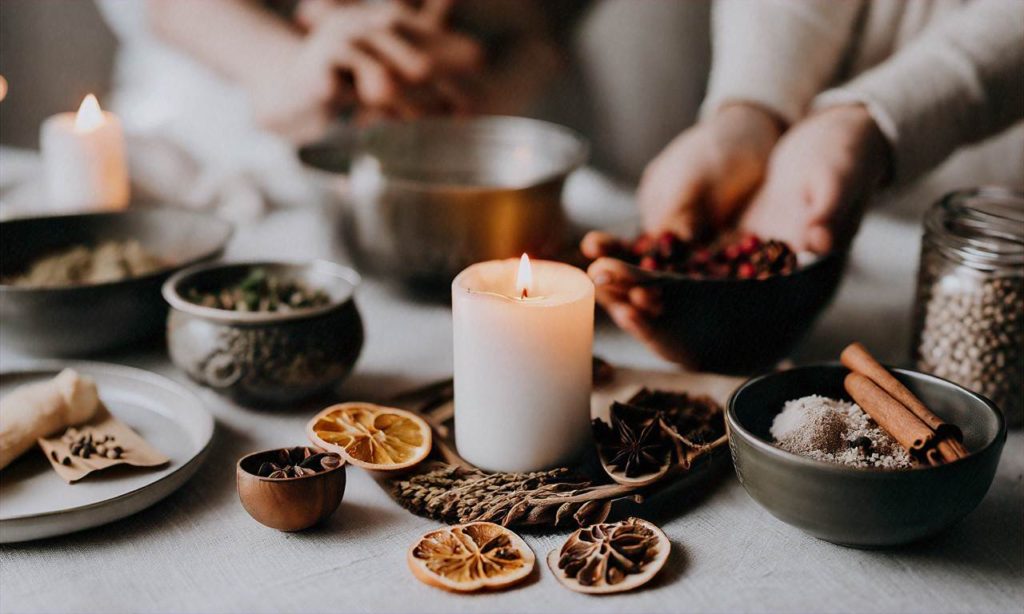
Wintertime Comfort Foods Flavored with Hearty Herbs and Seasonings
As the cold weather sets in, we naturally crave warming, comforting foods to help ward off the winter chill. Hearty herbs and seasonings are ideal for adding delicious flavor to stews, soups, casseroles, and other wintry dishes.
Popular herbs like rosemary, thyme, sage, and bay leaves stand up well to long cooking times, infusing our cozy meals with woodsy, aromatic notes. These hardy herbs maintain their flavor and texture even after hours of simmering. Bay leaves are a warming addition to bean or lentil soups. Their subtly sweet, lightly mentholated flavor pairs nicely with wintry root vegetables like carrots, parsnips, and potatoes. Fresh or dried rosemary is excellent with beef stews, tomato-based chili, or hearty bean dishes. The piney, slightly resinous taste of rosemary makes an excellent match for red meat.
Thyme and sage also shine in slow-cooked dishes for the cold weather months. Thyme maintains its grassy, lemony zing in long-simmered soups and braised meat dishes. And the musky, savory notes of sage bring out the natural sweetness in squash, pumpkin, or potato-based recipes.
In addition to herbs, spices like cinnamon, nutmeg, cloves, and ginger add comforting warmth and intrigue to our cooking. Their sweet, gently spiced flavors evoke the holiday season and seasonal celebrations. We can add a pinch of cinnamon and clove to oatmeal, stir nutmeg into butternut squash soup, or blend ginger into our apple pie filling. These familiar baking spices instantly cozy up any dessert or baked good. Their lingering heat and fragrance transport us back to childhood memories of fresh-from-the-oven treats.
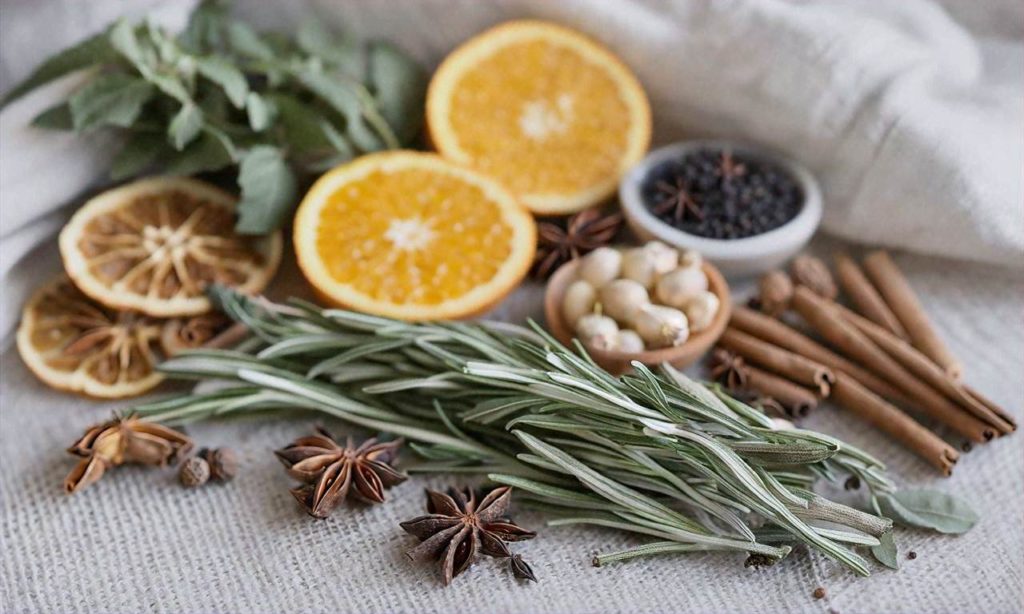
Celebrating seasonal traditions with herbs and spices connects us to time-honored customs. As we gather with friends and family and prepare our favorite holiday recipes, the nostalgic scents of cinnamon, clove, and ginger fill the kitchen. The hearty aroma of simmering stews seasoned with rosemary, bay, and thyme remind us of traditions passed down through generations. Revisiting these seasonal flavors and recipes allows us to celebrate the holidays and cold weather months in comfort and style.
Holiday Traditions Enhanced by Fragrant Spice Blends
The holidays are a magical time filled with beloved traditions, bringing family and friends together to celebrate the season. Fragrant spice blends are an integral part of many holiday customs, infusing our homes and festive foods with nostalgic aromas that evoke cherished memories.
Familiar scents like cinnamon, nutmeg, cloves, and ginger transport us back to childhood holidays. These comforting spices featured prominently in Grandma’s famous sugar cookies or Mom’s hot mulled cider. Their sweet, spicy aroma immediately puts us in a festive mood, stirring fond recollections of holidays past.
Spices also connect us to the origins of seasonal celebrations around the world. Cumin, coriander, and turmeric are essential to Indian curries and lentil dishes served during Diwali. Chinese five spice powder, with its blend of star anise, cloves, cinnamon and fennel seeds, flavors traditional New Year foods. Mexicans celebrate Day of The Dead with the scent of cumin and chili powder in beloved Pan de Muerto sweet breads.
The Niche Culinary Site explores how fragrant spice blends enhance holiday traditions by spotlighting time-honored recipes as well as creative adaptations that fuse cultural influences into contemporary celebrations.
Old World Gingerbread with Orange & Cloves
This molasses-dark gingerbread celebrates the winter solstice with traditional honey cake spices. Orange zest and cloves add a bright, floral note while molasses and brown sugar lend a rich sweetness. Enjoy this gingerbread with a mug of hot apple cider or Chai tea.
Festive Chai Eggnog
This unique spin on a classic holiday beverage brings together traditional eggnog with aromatic Indian chai spices. Black tea infused with cardamom, cinnamon, ginger and cloves is blended into a creamy eggnog base for a delicious East-meets-West holiday fusion. Garnish with a dash of nutmeg and cinnamon stick.
Cumin & Coriander Roast Turkey with Chili Cranberry Relish
This recipe puts a Southwest twist on roast turkey by rubbing the bird with earthy cumin, bright coriander and chili powder before roasting. A spicy cranberry relish with red chili flakes and lime zest perfectly complements the spices.
Ginger Molasses Cookies with Five Spice Glaze
Chewy ginger cookies get an extra gingery kick from ground ginger, minced crystallized ginger and spicy ginger ale. Chinese five spice powder flavors a tangy glaze, for the perfect melding of holiday flavors.
Exploring Fragrant Spice Blends for Holiday Baking
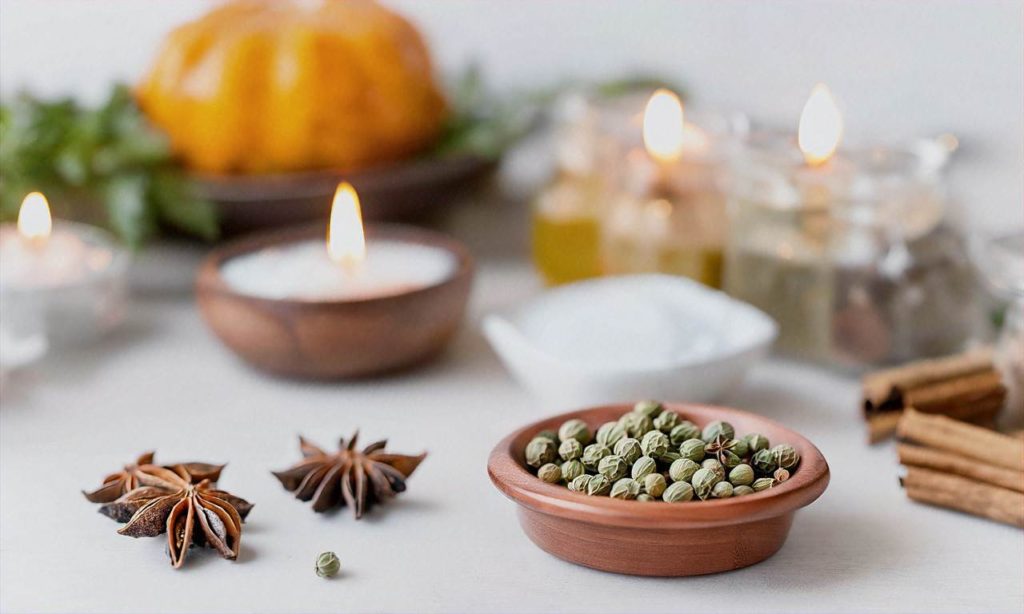
Beyond gingerbread and sugar cookies, there’s a whole palette of spices that can be incorporated into holiday baked goods. Cardamom, nutmeg or mace add warmth to shortbread and spice cookies. Orange and fennel seeds give a fresh citrusy note to cereal bars and granola mixes presented as homemade gifts. Pungent cloves, cinnamon and star anise flavor fruit cakes and holiday breads. Fusing familiar baking spices with world flavors opens up creative possibilities for one-of-a-kind holiday treats.
Holiday Celebrations are often centered around preparing and enjoying special seasonal foods that bring us together. Time-honored spice blends connect us to previous generations through nostalgic flavors and scents kindling fond memories. Fusing cultural influences expands the possibilities, allowing us to put a unique stamp on holiday traditions. However you choose to celebrate, may your days be filled with the magical aroma of spices and the warmth of happy gatherings.
Heirloom Herbs and Spices for Seasonal Celebrations
When we think of heirloom plants, most people immediately picture heirloom tomatoes or antique varieties of roses and dahlias passed down through generations. However, there is a world of fabulous heirloom herbs and spices that deserve just as much attention for their history, uniqueness of flavor, and role in seasonal celebrations.
What Defines an Heirloom Herb or Spice?
Heirloom herbs and spices are varieties that have been grown for at least 50 years, although many have origins going back several centuries. They have been carefully preserved by gardeners, small farms, ethnic communities and specialty growers. Heirloom strains possess exceptional depth of flavor and scent, as well as connections to cultural traditions and seasonal customs.
Heirloom Herbs for Seasonal Teas and Tisanes
Sipping herbal teas is a wonderful seasonal ritual, reminiscent of earlier eras when unique botanical infusions demarcated special occasions. Heirloom herb varieties with excellent flavors for teas include:
– Lemon Verbena: An elegant lemon-scented herb used for spring and summer teas. Beloved for celebrations like bridal showers and Mother’s Day due to its romantic Victorian origins.
– Chamomile: Dainty apple-scented white and yellow flowers for sweet, calming herbal infusions. Chamomile signifies coziness and comfort, perfect for celebrating fall, winter and the December holidays.
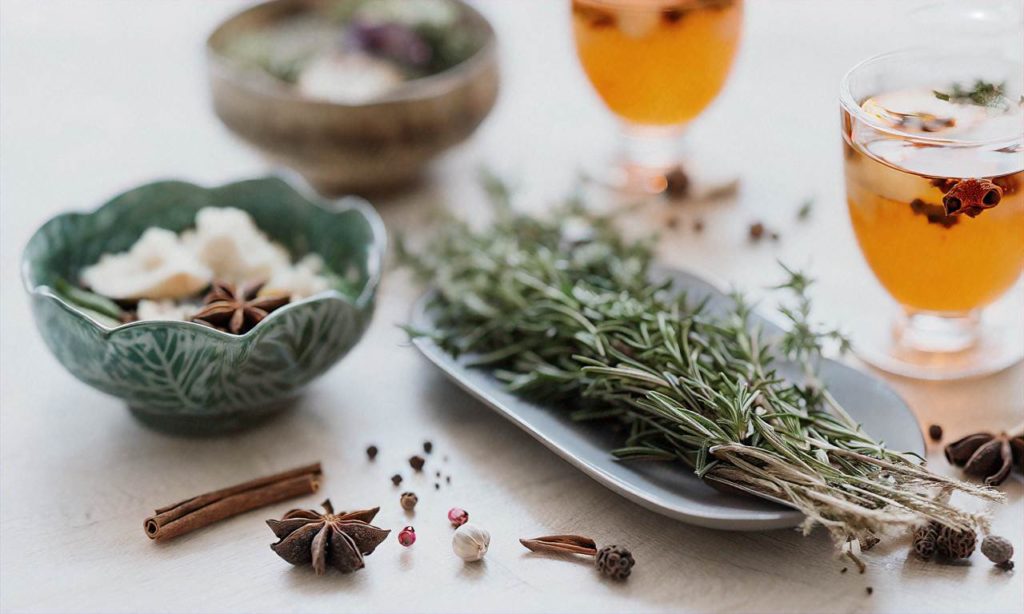
– Holy Basil: An ancient variety of basil used in religious ceremonies across numerous faiths in the Indian subcontinent. The spicy clove-anise aroma makes it ideal for winter holiday chais associated with Diwali celebrations.
Heirloom Spices for Seasonings and Blends
Heirloom spices offer incredible depth, nuance and stories from the past. Here are some to try:
– Shropshire Spice Applesauce Cake for Fall: This antique British apple dessert variety balances sweetness and acidity. Mix the applesauce with traditional spices like heirloom nutmeg, ginger, allspice and mace.
– Zanzibar Clove Ham for Christmas: Use whole heirloom Zanzibar cloves, indigenous to Tanzania, to stud a holiday baked ham. The rich, piney sweetness perfumes the meat.
– Heirloom Allspice Game Birds for Winter: Native to Central America and the Caribbean, this tiny peeled berry tastes like a mixture of cloves, cinnamon and black pepper. Rub heirloom allspice under the skin of quail, pheasant or other wild game.
How to Source Heirloom Herbs and Spices
Start your own heirloom herb garden utilizing cuttings, seeds and plants from resources like:
– Specialty growers at farmer’s markets or online retailers
– Public gardens focused on botanical heritage
– Seed banks dedicated to antique and ethic crop varieties
– Neighbors, friends or community groups who nurture heirloom gardens
You can also forage for wild-growing herbs like nettles, dandelion, chickweed and elderflowers that have been used in old recipes for generations. Learn more about sustainable foraging guidelines.
It’s important we keep these botanical legacies thriving by growing and utilizing heirloom herbs and spices. Their incomparable flavors intrinsically link to seasonal traditions celebrated for centuries, if not longer. With globalized commercial agriculture increasingly focused on mass production of one-dimensional hybrid plant varieties, finding and cooking with heirlooms enables us to directly reconnect with amazing flavors and cultural history through seasonal celebrations enhanced by fragrant, flavorful herbs and spices.
Year-Round Gardening Tips for Popular Culinary Herbs
When celebrating seasonal traditions with herbs and spices, having a constant supply of fresh culinary herbs can make all the difference in enhancing the flavors of your dishes. With some planning and proper care, it’s possible to grow many popular herbs year-round, even indoors. Follow these tips to keep your kitchen stocked with flavorful herbs no matter the season.
Choose the Right Herbs for Indoor Growing
Some herbs are easier to grow indoors than others. Good options include basil, parsley, oregano, thyme, sage, rosemary, chives, cilantro, and mint. When selecting herb plants or seeds, look for varieties described as suitable for containers, as these will adapt better to indoor growing conditions.
Provide Lots of Bright, Sunny Light
Most culinary herbs need at least 6 hours of direct sunlight daily. South or west-facing windowsills are ideal spots. Grow lights can supplement natural light if needed. Turn or rotate plants regularly so all sides get evenly illuminated. Proper lighting is crucial for healthy, productive herbs.
Use Fast-Draining Potting Mix
Avoid regular garden soil for indoor herbs. Opt for a commercial potting mix formulated for containers instead. This will drain better and be less prone to overwatering. Amend it further with perlite or vermiculite to prevent soil compaction and provide aeration around roots. Proper drainage and air flow helps prevent fungal diseases.
Water Carefully and Consistently
Inconsistent watering causes more problems for herbs than under or overwatering. Check soil moisture daily, watering when the top inch becomes dry but avoiding saturation. Add gravel trays to catch excess moisture. Most herbs thrive best at an evenly moist but not soggy soil condition. Adjust watering frequency and volumes based on each herb’s needs.

Monitor for Pests
Indoor herb gardens can be plagued by pests like spider mites, mealybugs, and aphids. Check undersides of leaves regularly for signs of insects. Treat infestations immediately with gentle, organic insecticidal soap. Trim off badly damaged growth to keep it under control. Preventative neem oil sprays also help deter pests.
Pinch and Prune for Fuller Growth
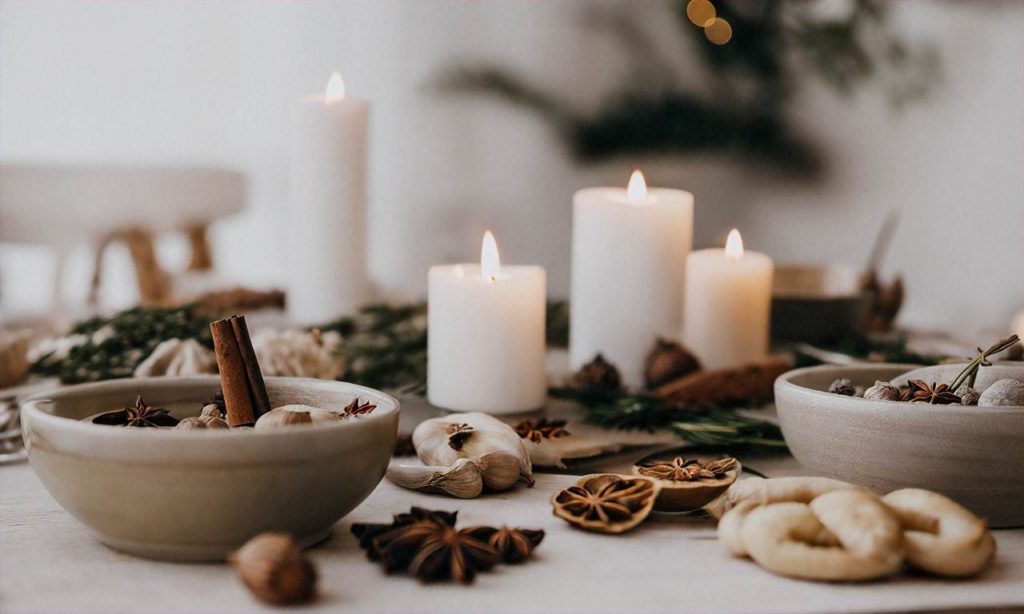
Pinch off or snip away flower buds as they form on indoor herb plants. This redirects energy into more leaf and stem growth instead of flowers and seeds. Also, prune leggy growth and harvest by cutting sprigs above leaf nodes to encourage bushier, compact plants. Frequent harvesting spurs further new growth.
Consider Supplemental Fertilization
While potting mix contains some initial nutrients, these get used up over a few months. Begin applying balanced liquid fertilizer at half strength every 2-3 weeks in the growing season to fuel indoor herbs. Ease off in winter when plants are dormant or slow-growing. Organic fish emulsions and seaweed extracts make excellent herb fertilizers.
Provide a Breeze for Stronger Stems
Indoor air is very still, unlike outdoor conditions most culinary herbs evolved for. Set up a small fan to gently blow on plants for a few hours daily. The airflow strengthens stems and foliage and helps prevent fungal issues. Just avoid direct cold drafts. A mini oscillating fan works great for herb gardens.
Grow Basil Successfully Indoors
Of all the popular culinary herbs, basil tends to be the most challenging to grow indoors. It needs very bright light, warm temperatures of at least 70°F, and high humidity. Pinch flowers rigorously. Choose compact bush basil varieties bred specifically for containers. Grow basil hydroponically or in self-watering pots to ensure adequate moisture.
Take Herbs Outside in Warm Weather
When temperatures allow, take indoor herb plants outside for some fresh air and stronger light exposure to reinvigorate them. Just bring them back indoors if frost threatens. If you don’t have a yard space, a sunny balcony, fire escape, or rooftop can serve well too. Let rainfall water herbs while outside.
With the right growing conditions and care, your favorite culinary herbs can thrive indoors regardless of the season. Follow these tips for an always-bountiful supply of flavorful, garden-fresh herbs to enhance all your seasonal recipes and traditions celebrating with herbs and spices.
The History and Symbolism of Herbs in Seasonal Customs
Herbs and spices have been used in seasonal celebrations and customs for thousands of years. Their history is deeply intertwined with cultural traditions, religious rituals, folklore, and symbolic meanings. As we decorate our homes, prepare festive meals, and gather with loved ones during spring, summer, fall, and winter seasonal holidays, herbs and spices remind us to slow down and savor each special moment.
The History of Herbs and Spices in Seasonal Traditions
Since ancient times, herbs and spices have been prized for both their flavor and their purported magical qualities. Archaeological evidence shows that as early as 50,000 years ago, Neanderthals used herbs like yarrow and chamomile, probably for medicine and food preservation. Over the ensuing millennia, as agriculture developed around the world, people began intentionally planting and cultivating herbs.
Herbs like sage, rosemary, parsley and thyme were grown for medicine, tea, preservation, ritual and ceremonial purposes in ancient Egypt, China, India and the Mediterranean. The ancient festival of Saturnalia featured bay leaves, symbolizing success, glory and wisdom. Frankincense and myrrh, two extremely valuable resins, were burned as incense during winter solstice celebrations.
The spring equinox has long been associated with the purification and fertility represented by herbs and spices like angelica, vervain, fenugreek and saffron. Midsummer herb gathering rituals date back to pagan times. Many of our most beloved autumn spices – cinnamon, nutmeg, cloves, ginger – were once so rare and expensive that they were considered exotic luxury items that turned seasonal baked goods into treasured indulgences. The vivid colors and warming flavors of turmeric, paprika and saffron bring cheer and comfort during the cold depths of winter.
Over the centuries and across cultures, home cooks and professional chefs alike have devised endless recipes featuring seasonal herbs and spices that pay homage to ancestral traditions. As we gather with friends and family for contemporary spring, summer, fall and winter celebrations, time-honored herbs infuse our festivities with nostalgia, symbolism and connections to history.
Herbs and Spices as Symbols in Seasonal Customs
In addition to their rich history, many popular culinary herbs are also imbued with symbolic meaning relating to seasonal holidays and celebrations due to characteristics like their appearance, fragrance or folkloric associations.
For example, bay leaves symbolize success, wisdom and glory, due to their evergreen nature and prominence in Greco-Roman myth as the laurel plant beloved by Apollo. Greeks and Romans crowned their heroes, scholars and athletes with laurel wreaths. The sharp, fresh taste of parsley brings a festive flair to dishes, which may link to its history as a symbol of new beginnings in ancient Greece, where victors at the Isthmian Games were crowned with parsley. Ancient Greeks also associated parsley with death and used it to decorate tombs.
Both sage and rosemary symbolize remembrance, and are often included in seasonal recipes for holidays honoring the dead like Día de Los Muertos. In Europe, sage was known as the immortality herb. Rosemary’s delicate blue flowers were sometimes tossed into graves or funeral pyres to signify that the departed would never be forgotten. Rosemary is also linked to fidelity and friendship, making it a common inclusion at weddings.
Many chefs and home cooks turn to warm, bright spices like cinnamon, turmeric and paprika to add visual beauty and symbolic luck, prosperity and health to holiday dishes. Saffron has a particularly rich history, as for many centuries it was more valuable by weight than gold due to the labor required to harvest the delicate crimson stigmas from crocus flowers. It brings vibrant golden color and an aroma of hay and honey to seasonal treats. Nutmeg symbolizes good luck in many cultures. Ginger represents prosperity and success.
As we deck our homes with fragrant wreaths and gather our loved ones close to share comforting meals that chase away the chill of winter or savor the bounty of harvest, timeless herbs and spices enrich seasonal traditions with history, symbolism and meaning that spans cultures and generations. Their connections to beloved celebrations of the past infuse our present-day festivities with nostalgia and joy.
Ethnic Influences on Seasonal Cuisine and Spice Usage
Cuisine and spice usage often vary by region and culture. As seasons change, different ethnic groups have unique traditions for celebrating with food and flavor. Understanding these connections helps honor time-honored customs.
In the American South, warmer months mean bounties of produce like okra, beans, and sweet corn. These staples evolved from African and Native American ingredients blended with European cooking methods. Celebrating summer in the South may include dishes like hoppin’ john stew with black-eyed peas for luck in the new year, or corn puddings sweetened with spicebush berries. Herbs like basil and dill season fresh vegetables, while peppers and sorghum molasses add heat and sweetness to summer barbeque.
The Southwest United States likewise developed a fusion cuisine. Native desert plants like prickly pear cactus and mesquite bean join Latin American and Spanish flavors. Signature spice blends like ancho chile, cumin, and oregano season favored Southwestern dishes like posole stew or chiles rellenos. These warming meals provide comfort during cold winter months. Come spring, celebrations incorporate local ingredients like wild ramps with peppers and cornmeal for a seasonal twist on tamales.
Further north, New England’s autumn harvest coincides with the whaling industry’s boom in the 19th century. Spices from faraway ports like nutmeg, cloves, and black pepper seasoned fall and winter stews. Sage, thyme, and parsley from summer gardens balanced salty seafood. This season, try a seasonal spin on classics like baked beans with maple syrup and mustard seed, or clam chowder with celery seed and bay leaf.
The Upper Midwest formed an ethnically diverse cuisine based on immigrant tradition and local fare. German, Polish, and Scandinavian settlers cultivated old-world crops like cabbage, beets, and rye. They preserved seasonal produce like cucumbers, cherries, and apples with spices like mustard seed, caraway, and allspice. Celebrating seasons today may include dishes like cabbage rolls perfumed with dill, pasties stuffed with rutabaga and parsnip, or fruit pies sweetened with cinnamon and clove.
The world’s myriad cultures honor seasonal changes through cuisine. Taking inspiration from generations-old food traditions allows us to celebrate with herbs and spices that connect us to time, place, and community. This year, try ethnic-influenced recipes to spice up seasonal festivities. Discover how produce pairings, preserving methods, and flavor profiles evolved through the blending of cultures across America.
Seasonal Produce Pairings for Fresh Herbs and Spices
As the seasons change, so too do the bounties of produce available to cooks and gardeners. Pairing seasonal fruits, vegetables, and herbs creates dimension in recipes and honors the natural rhythms of the year. In “Celebrating Seasonal Traditions with Herbs and Spices,” we explore harmonious combinations that enhance and deepen the flavors of seasonal ingredients.
Spring
The first tender greens and herbs of spring pair beautifully with lighter proteins like eggs, chicken, and fish. Try an omelet with chives, ramps, and asparagus or bake salmon with a parsley-dill crust. Early spring peas and fava beans love a kiss of mint, while lemony sorrel and spinach salads wants a drizzle of walnut oil. As the weather warms, celebrate the start of grilling season by tossing shrimp or halloumi cheese skewers with cilantro-lime chimichurri.
Summer
The abundance of summer produce offers endless pairing potential with the season’s fresh herbs. Make a peach and burrata salad with basil and balsamic or blend up gazpacho starring the season’s ripest tomatoes, cucumbers, peppers and a handful of cilantro. Stuff zucchini blossoms with a three herb filling of oregano, parsley and chives. Marinate flank steak in a paste of garlic, rosemary, olive oil and red wine vinegar before grilling. And add brightness to rich foods like butternut squash or pork tenderloin by cooking them with sage.
Fall
The comfort foods of fall gain depth and dimension when cooked with herbs and spices suited to the season. Simmer cider spiked with cinnamon sticks and whole nutmeg with pork shoulder or short ribs. Roast chicken or root vegetables like beets, parsnips and carrots with woody herbs like rosemary, thyme and sage. And bake apple and pear tarts or galettes with a dusting of cardamom sugar for a warming dessert.
Winter
The muted palette of winter produce pairs beautifully with bold, global spices that add warmth, complexity and vibrancy. Braise cabbage or other brassicas with heady spices like cumin, coriander, turmeric and chilies. Roast delicata or kabocha squash with harissa spiked yogurt. Simmer chickpeas in a coconut curry broth or stuff grape leaves with a spiced rice filling. And warm up on cold days with a steamy mug of masala chai, filled with the fragrance of cardamom, cinnamon, cloves and black pepper.
In “Celebrating Seasonal Traditions with Herbs and Spices,” we explore how herbs, spices and seasonal produce can transport us through the year. Harmonizing flavors and aromas unique to each season creates dimension in recipes and honors the natural world around us.
